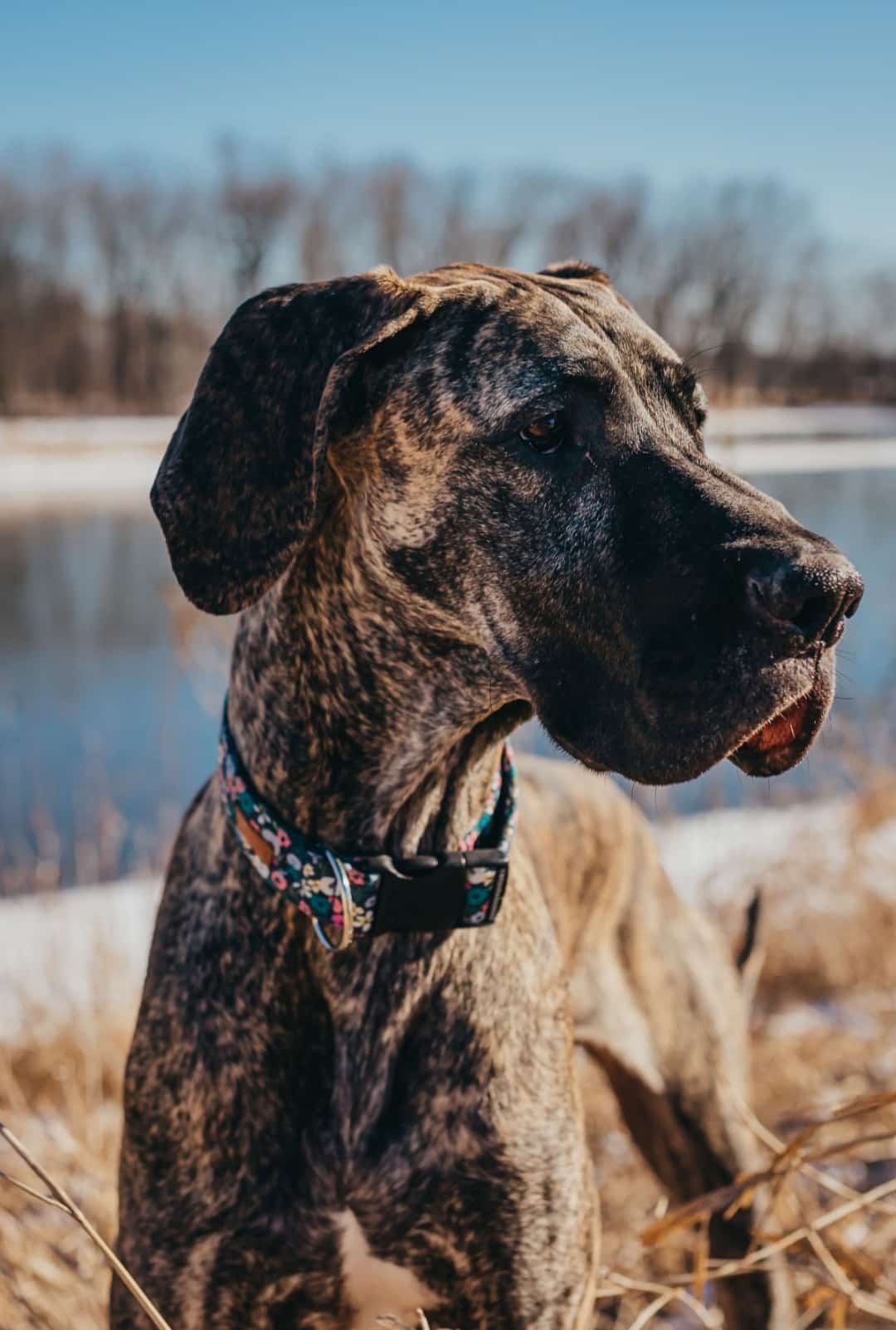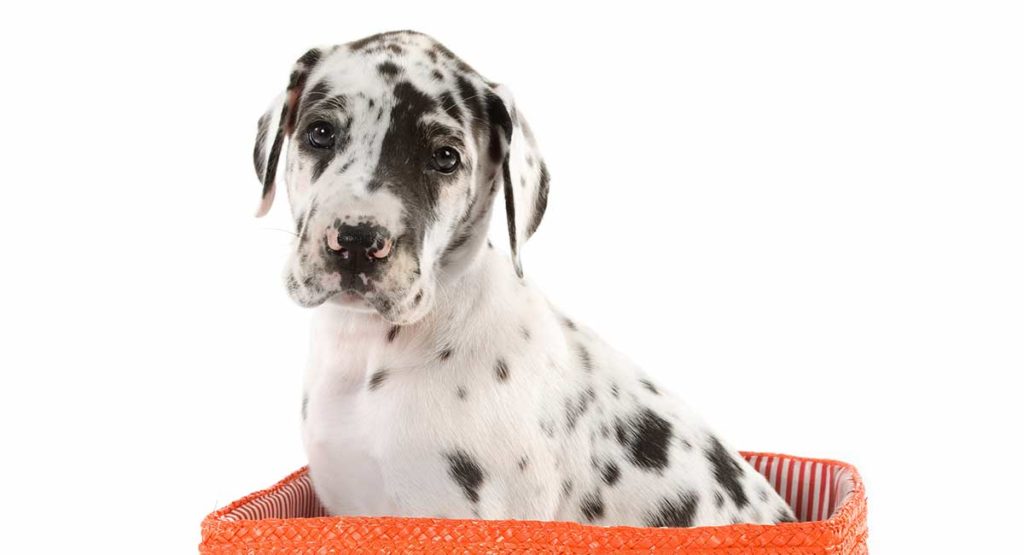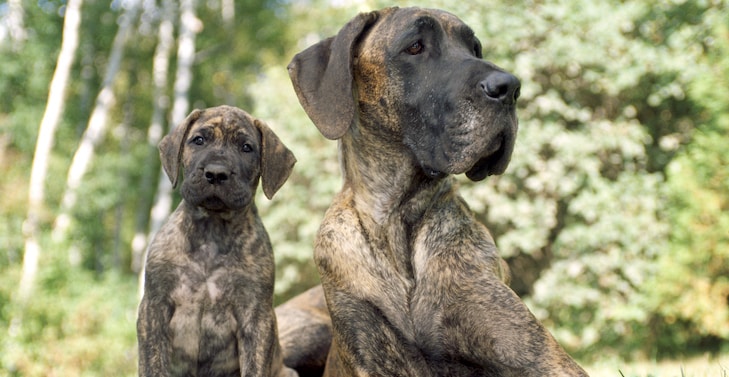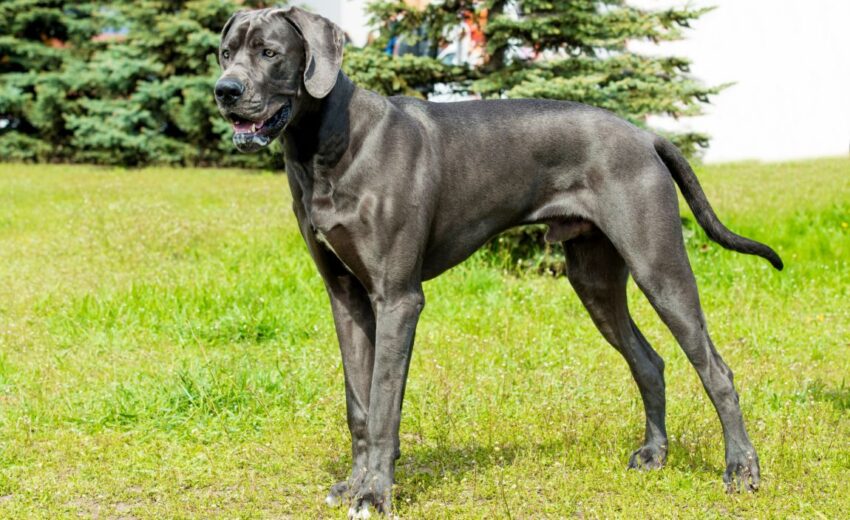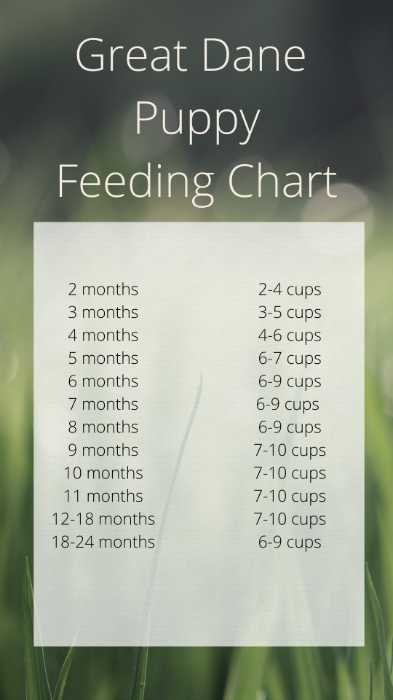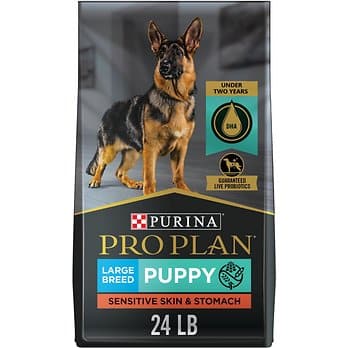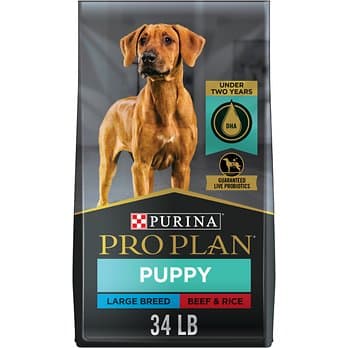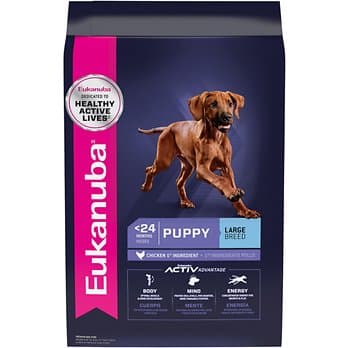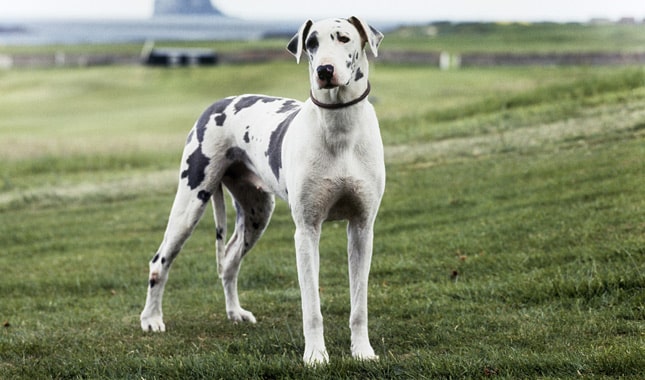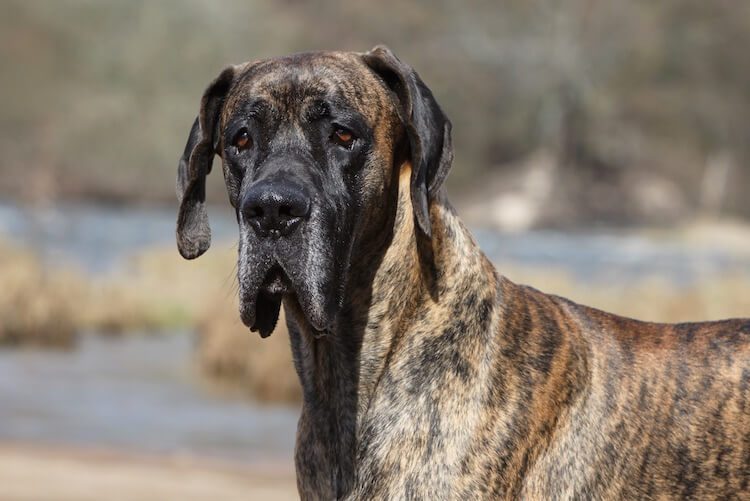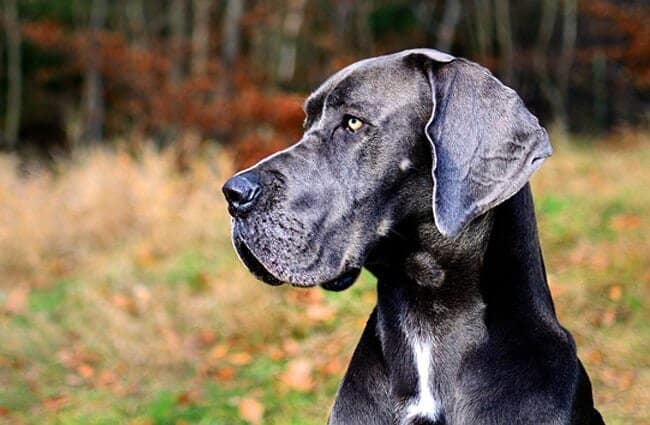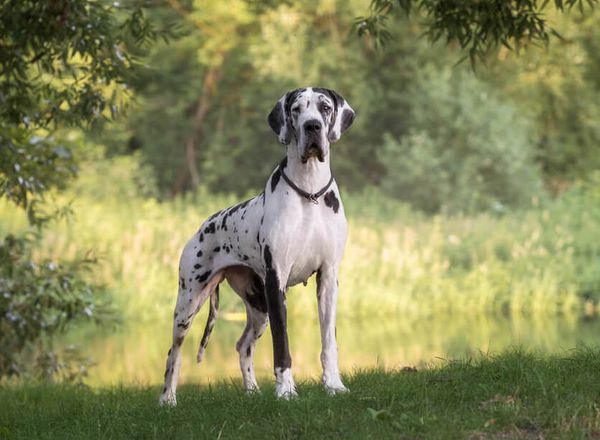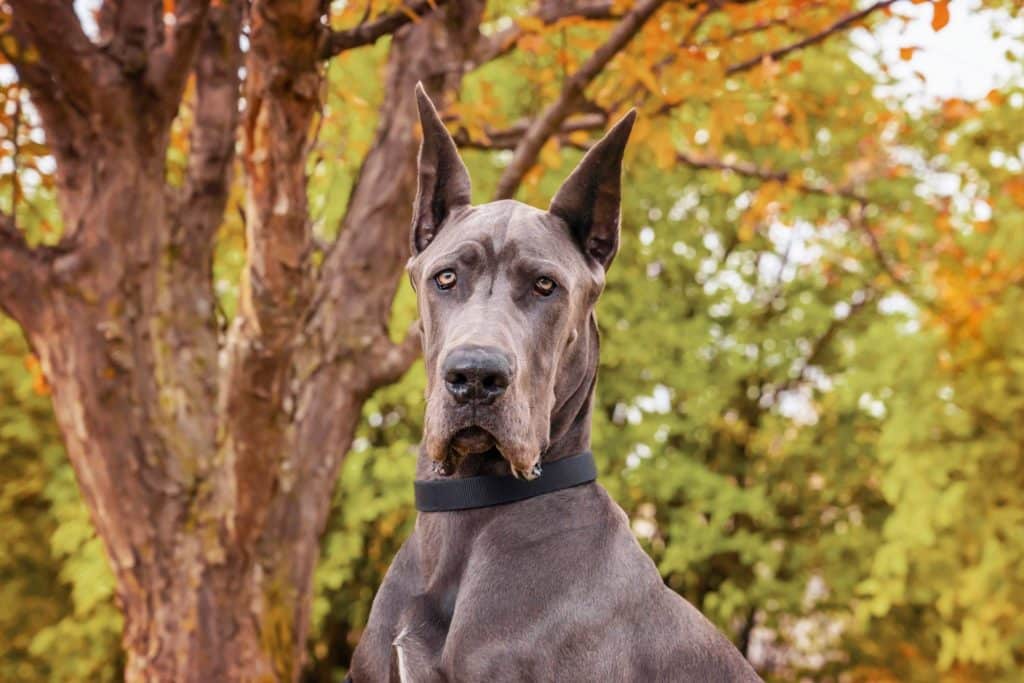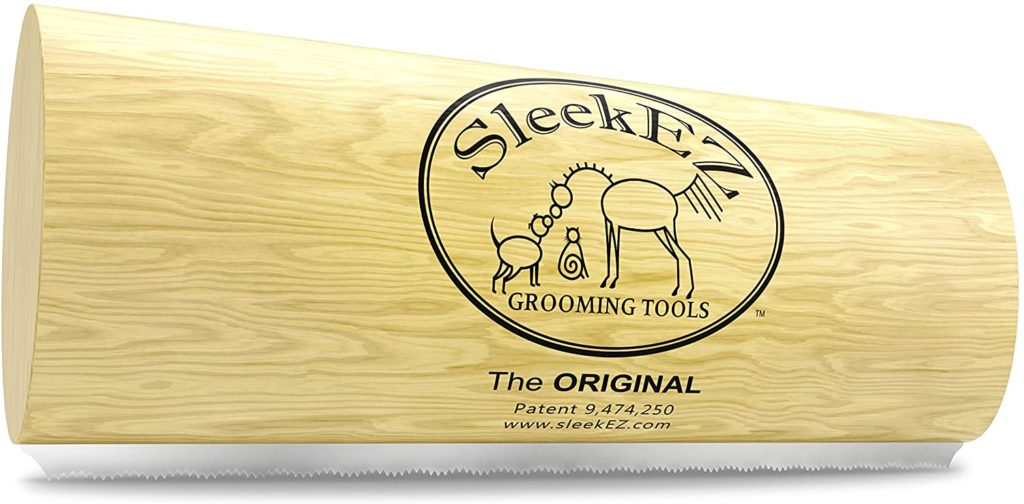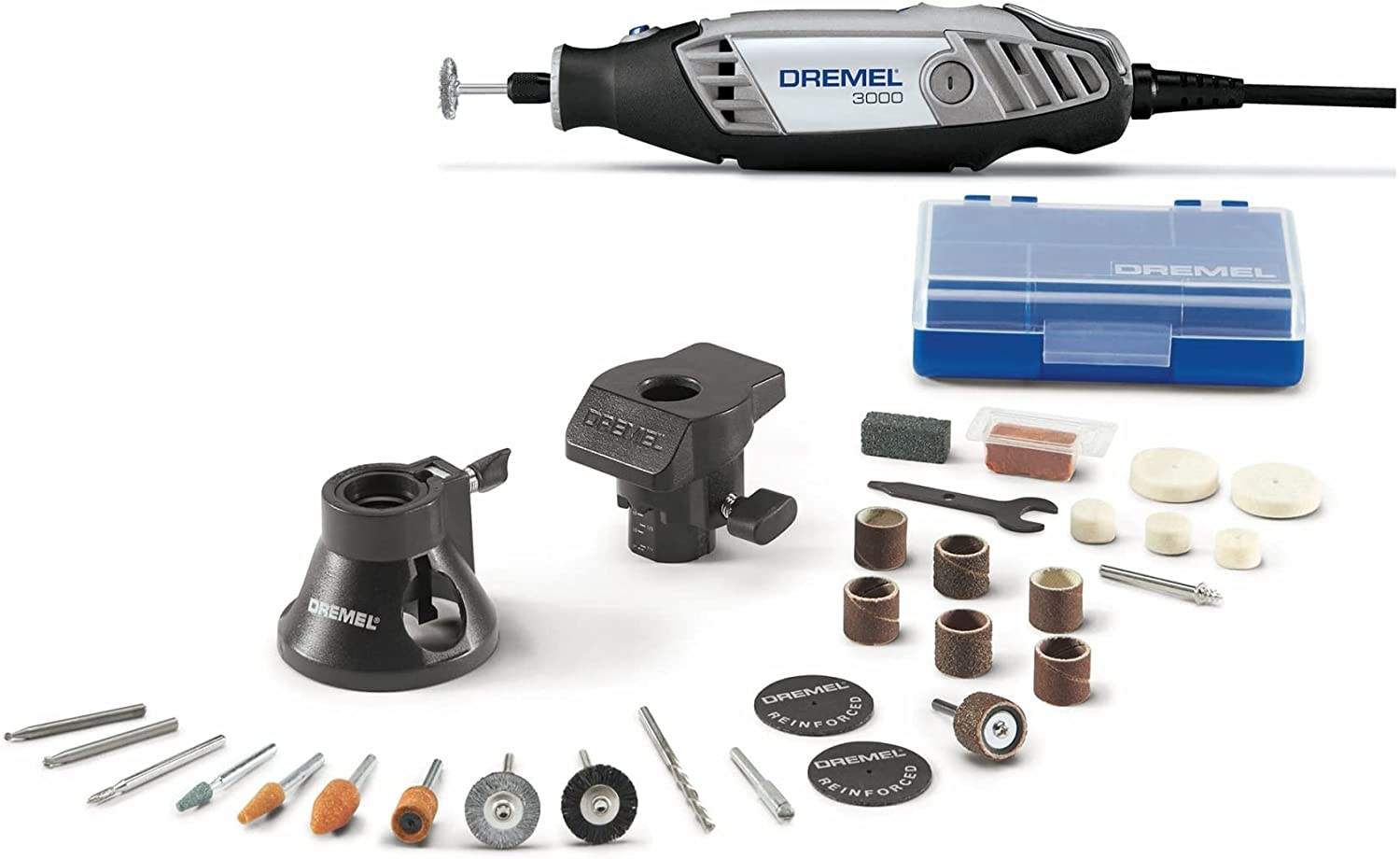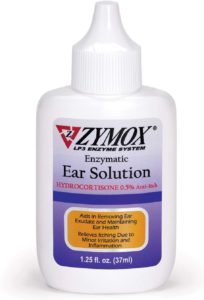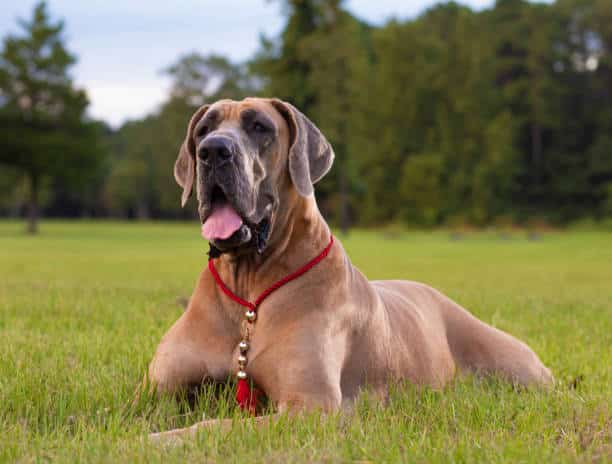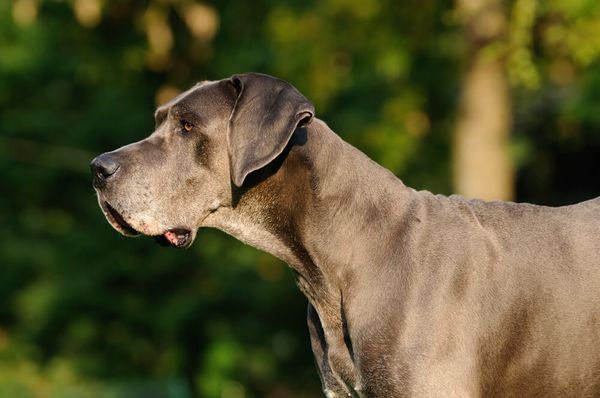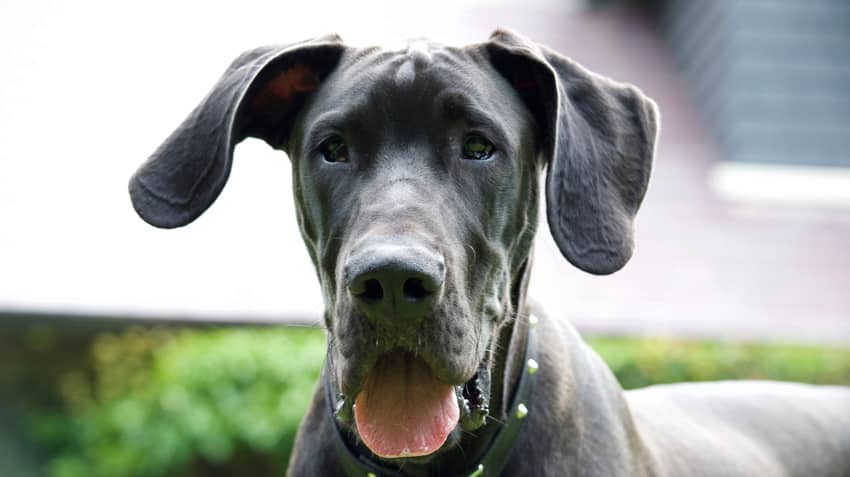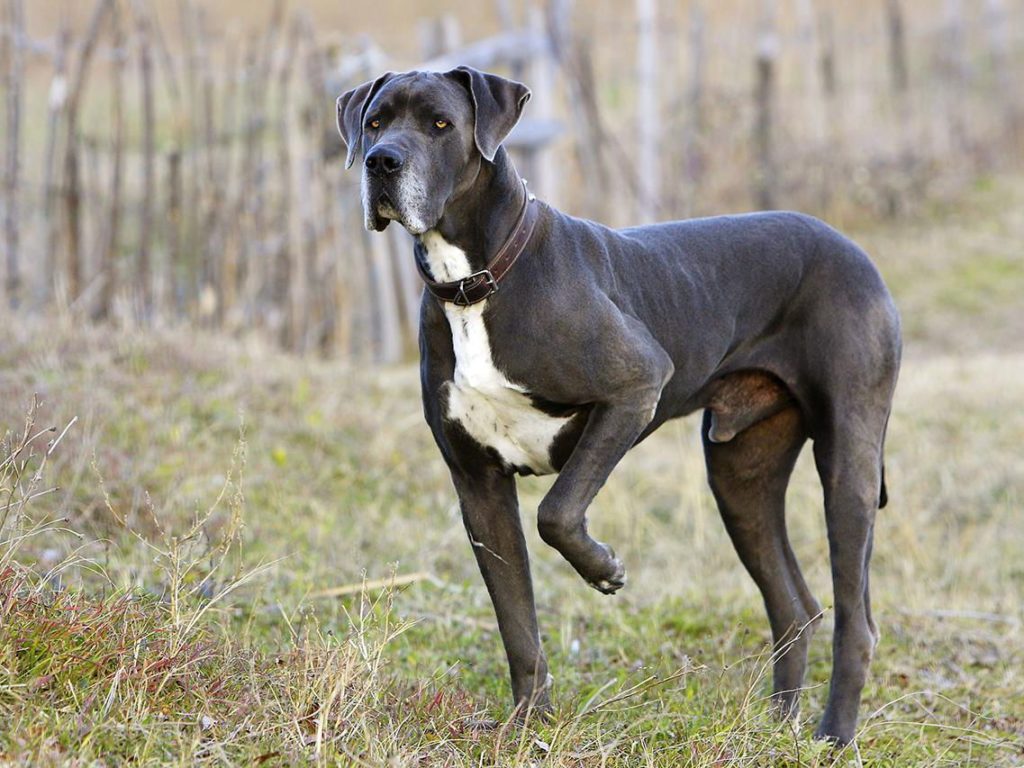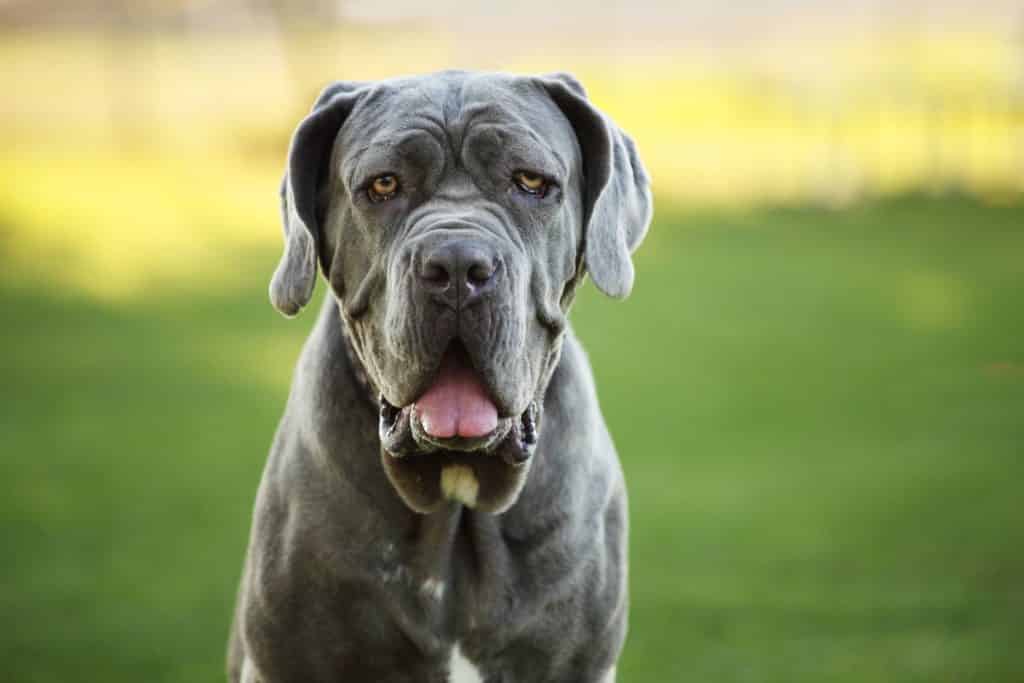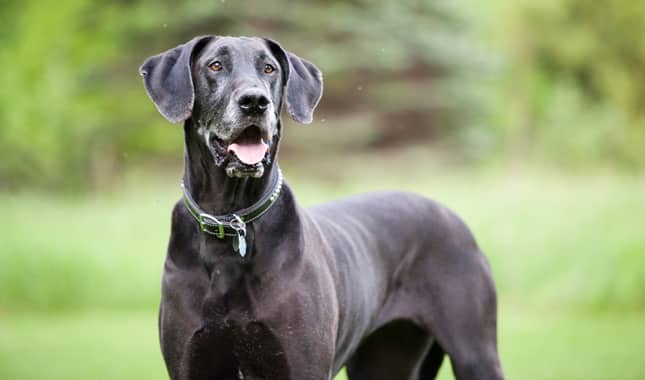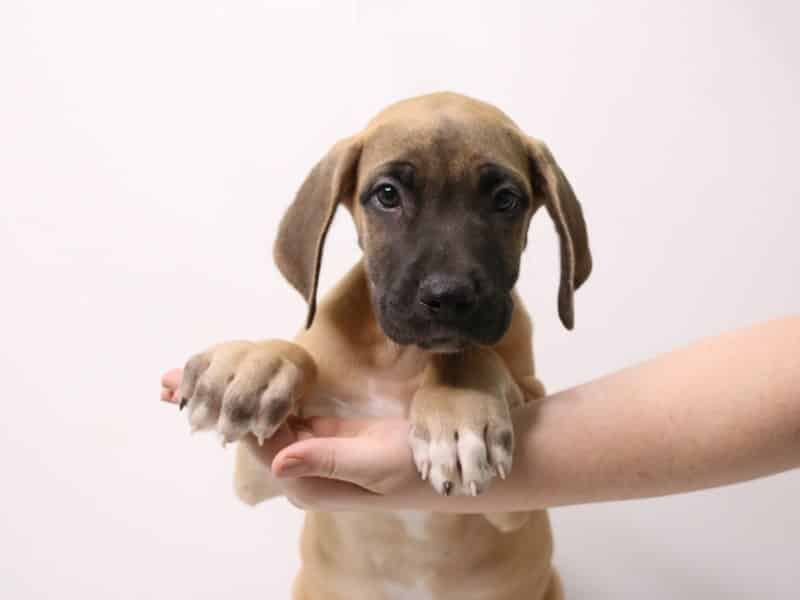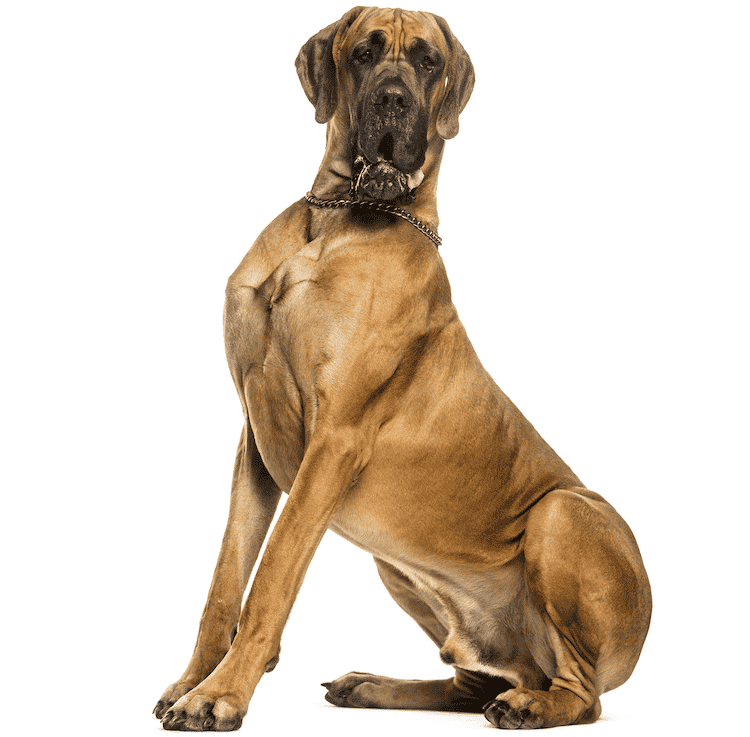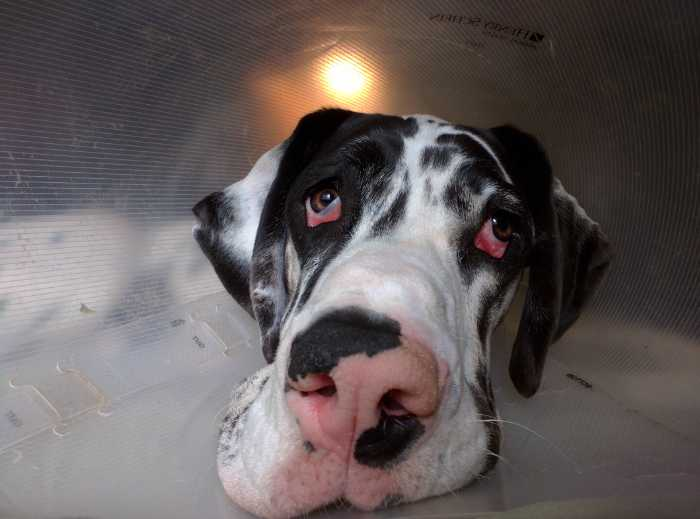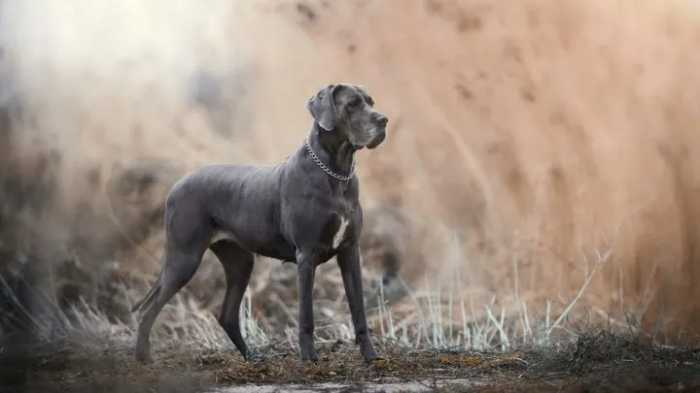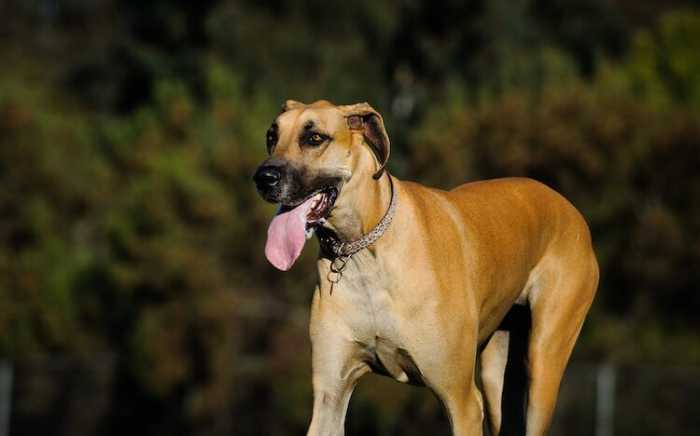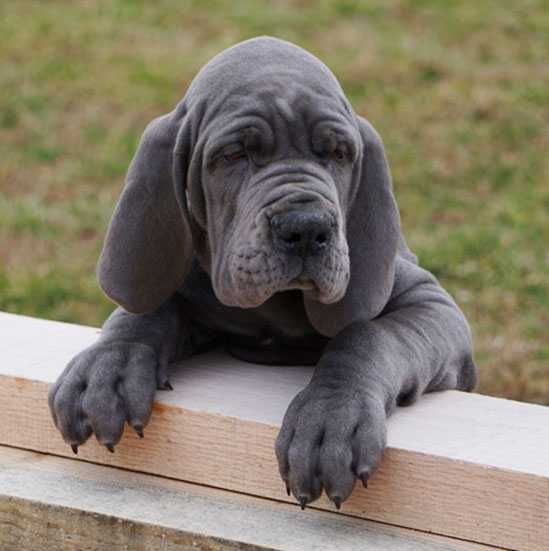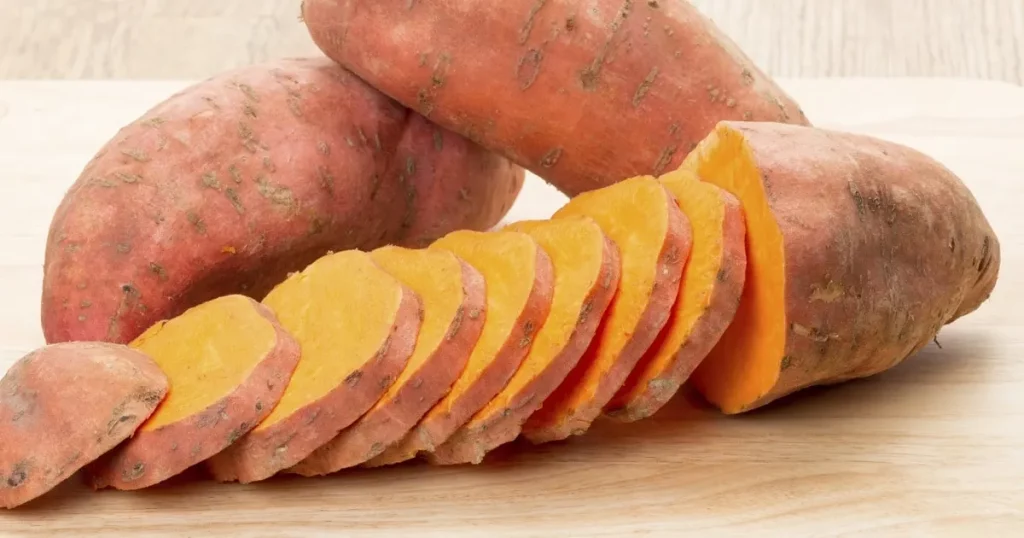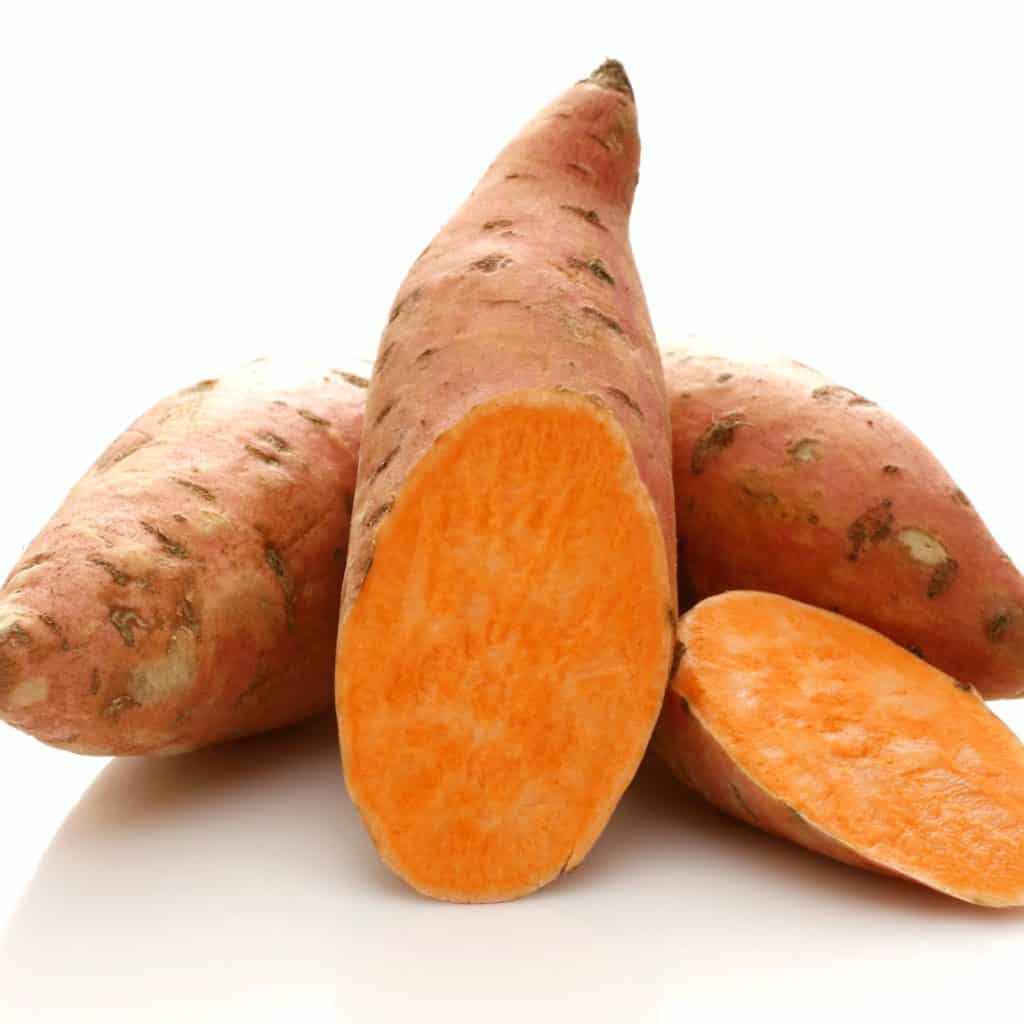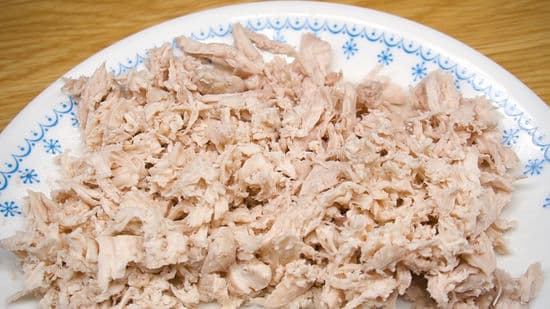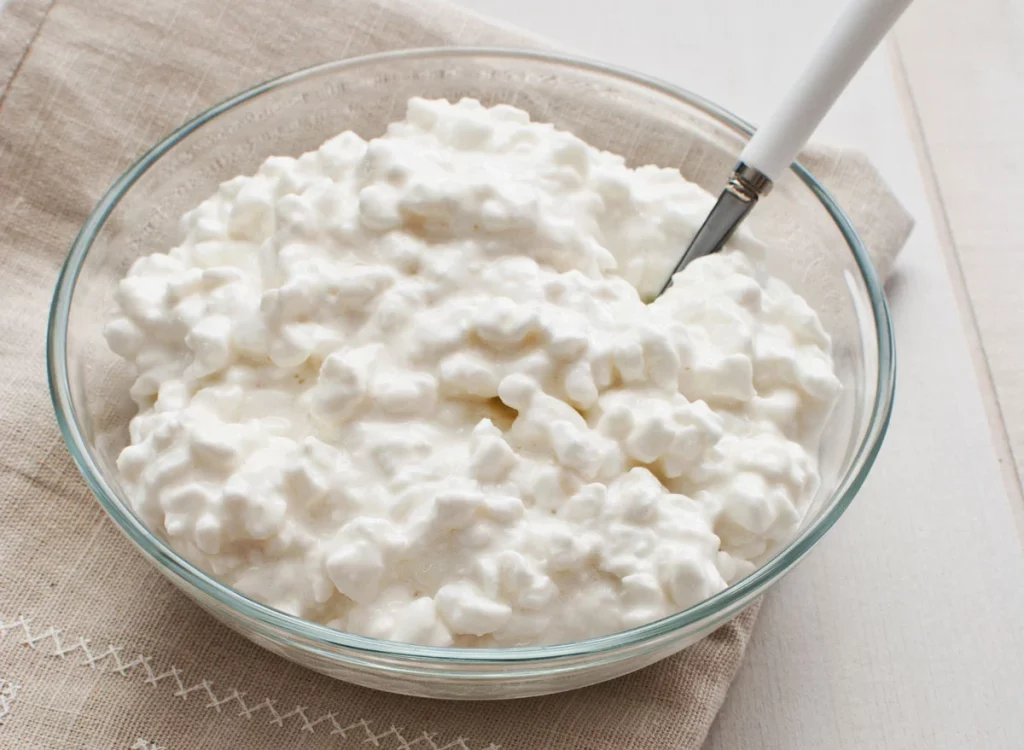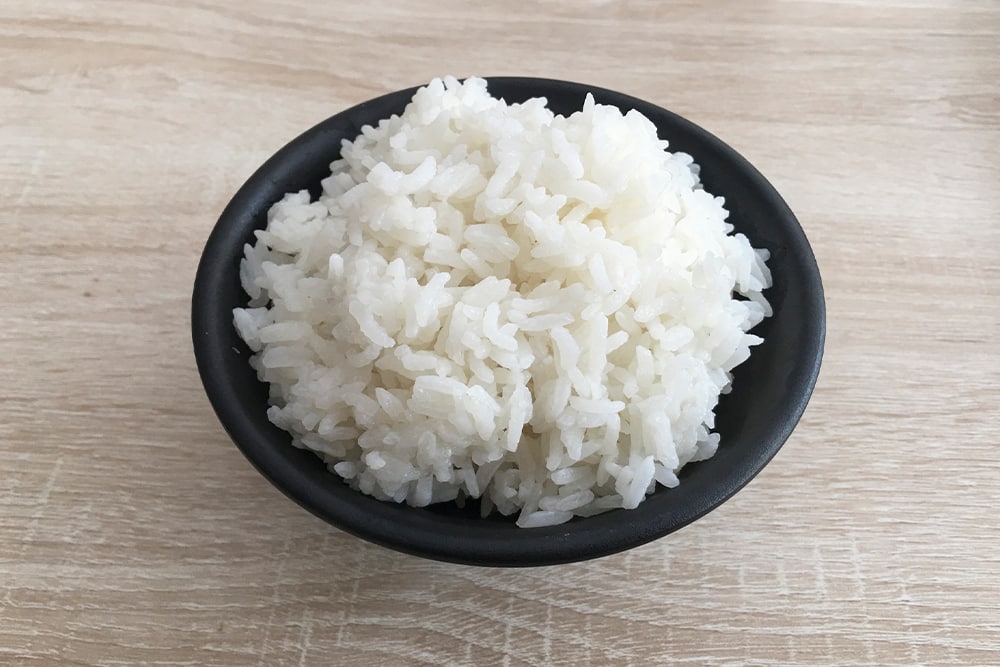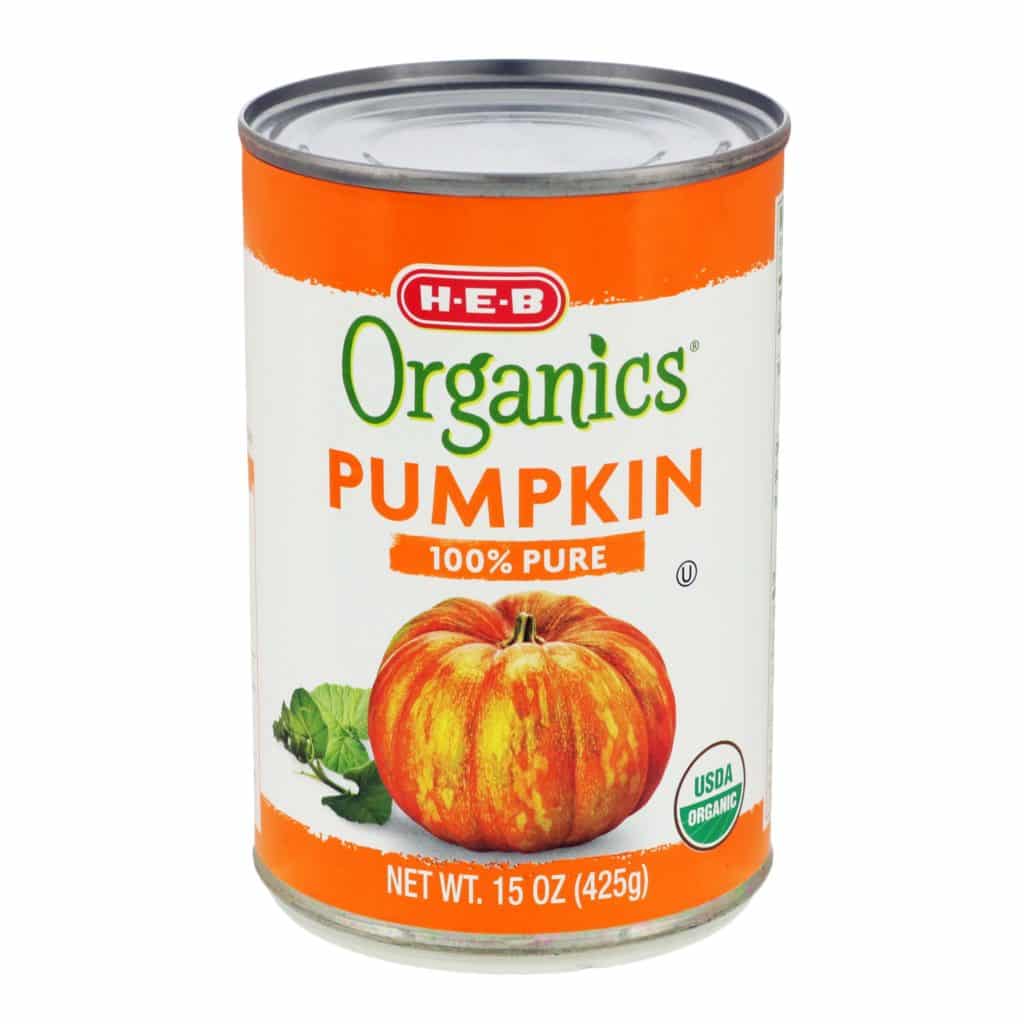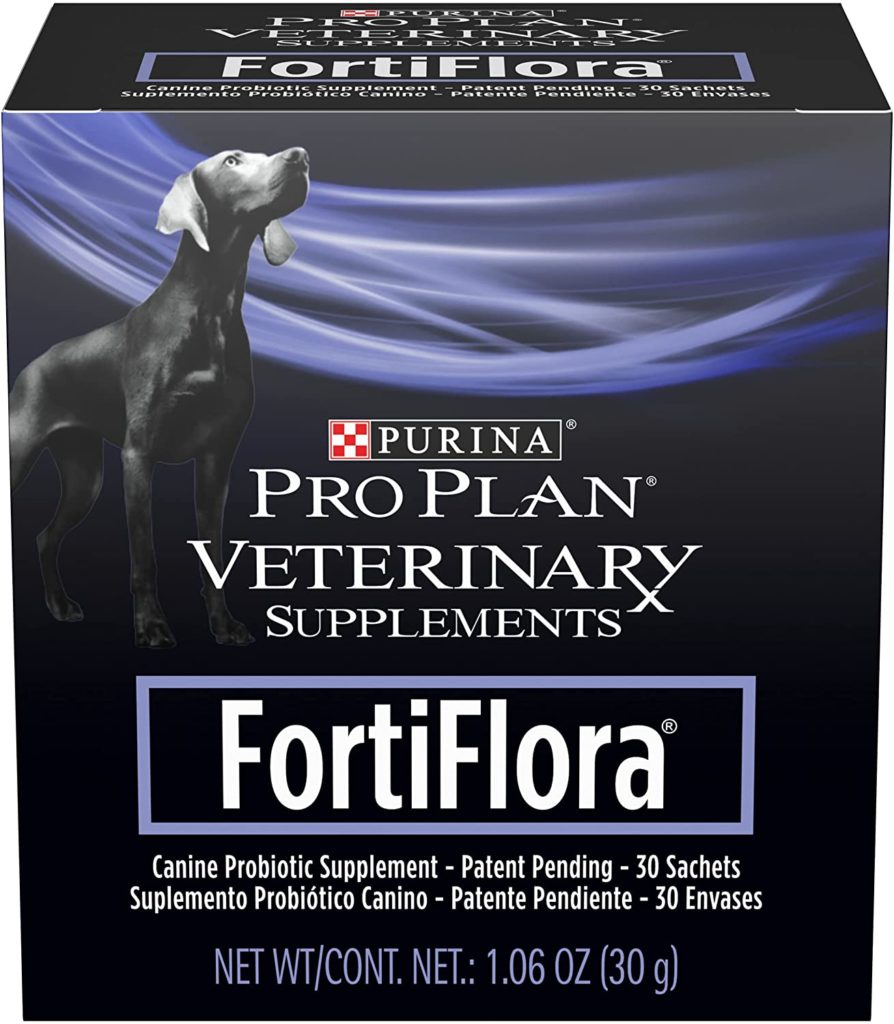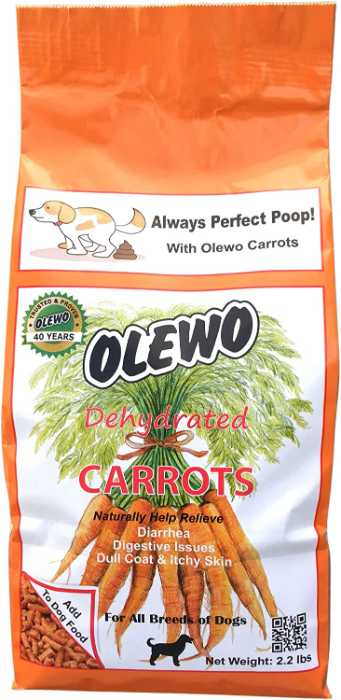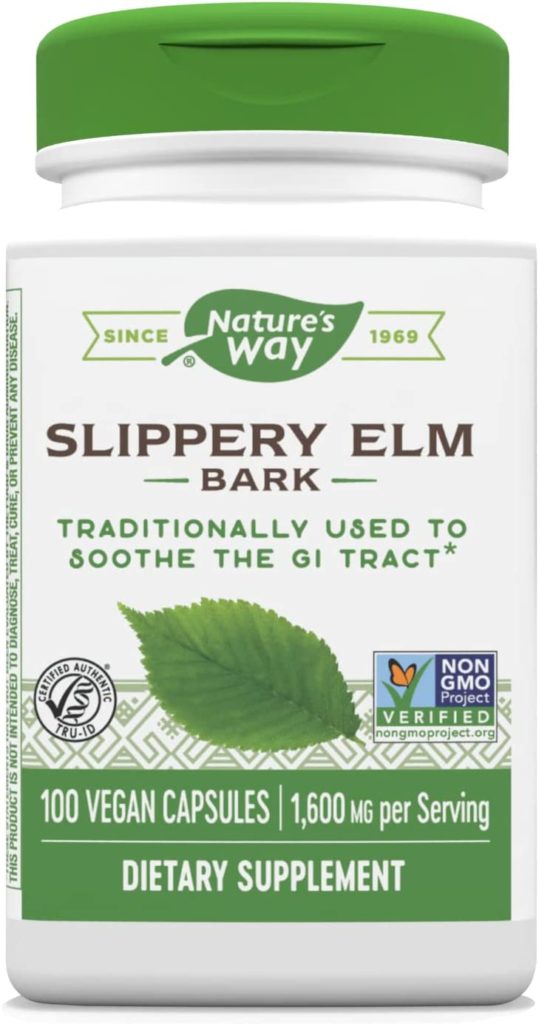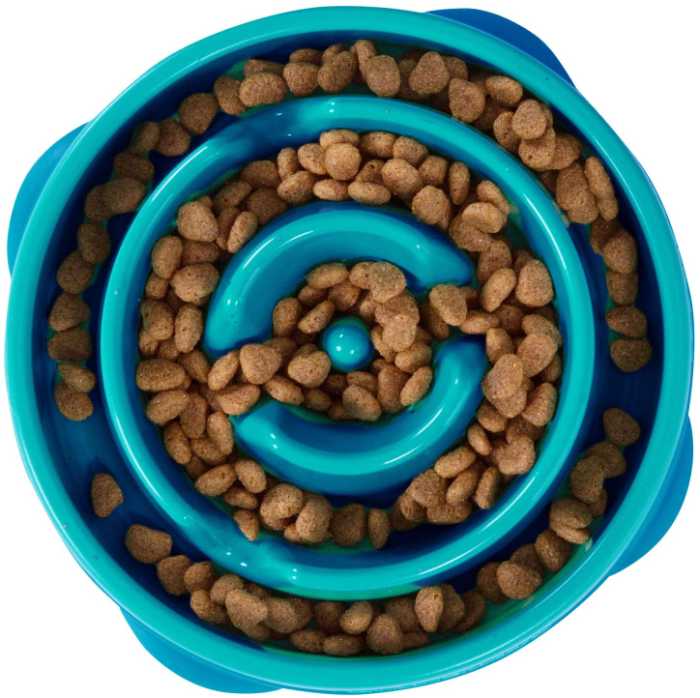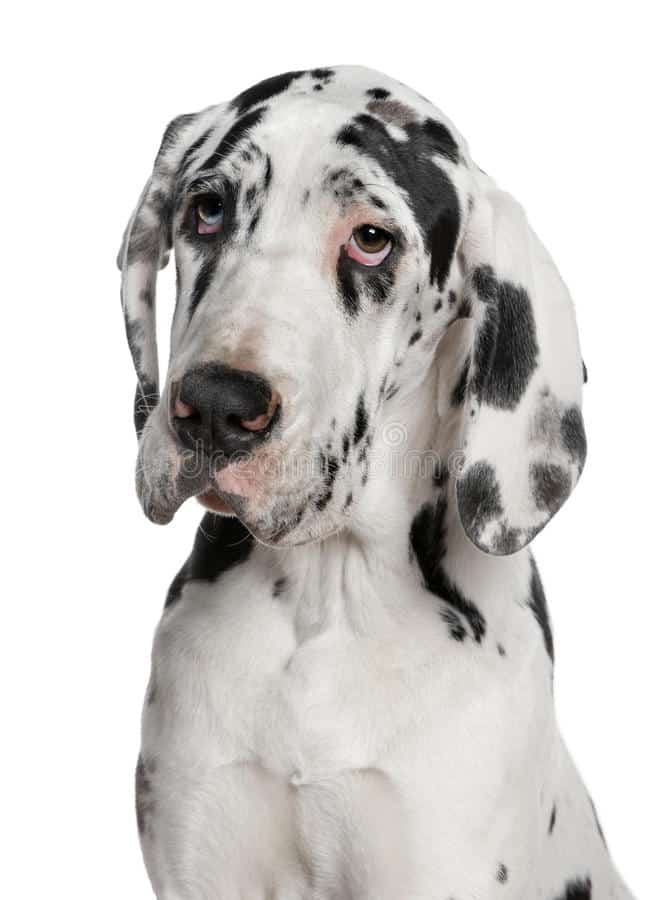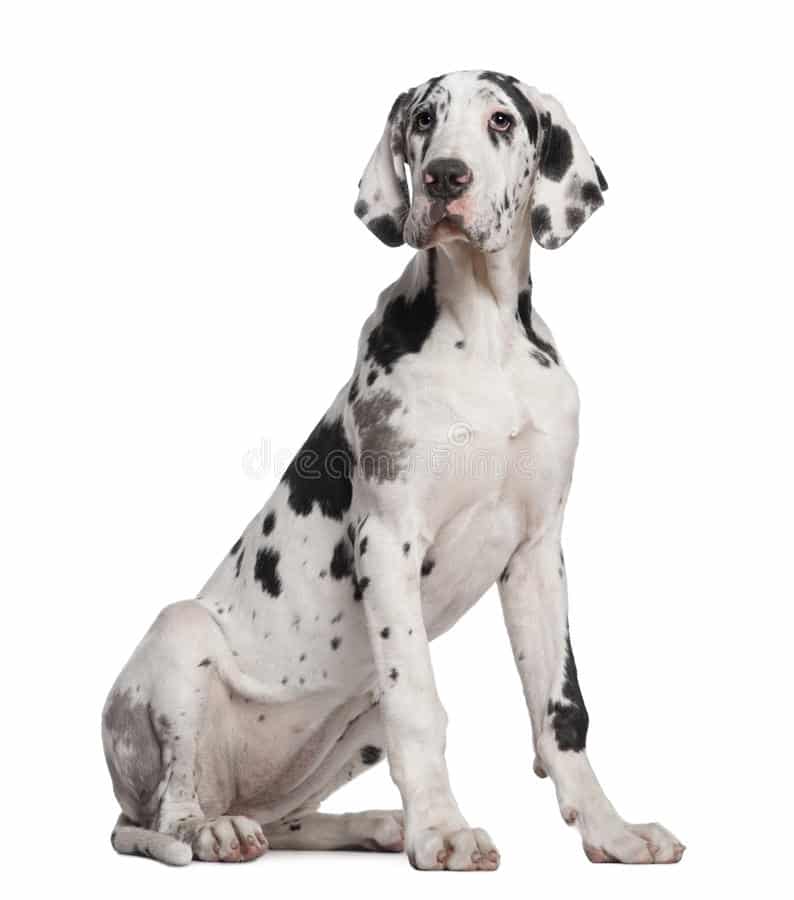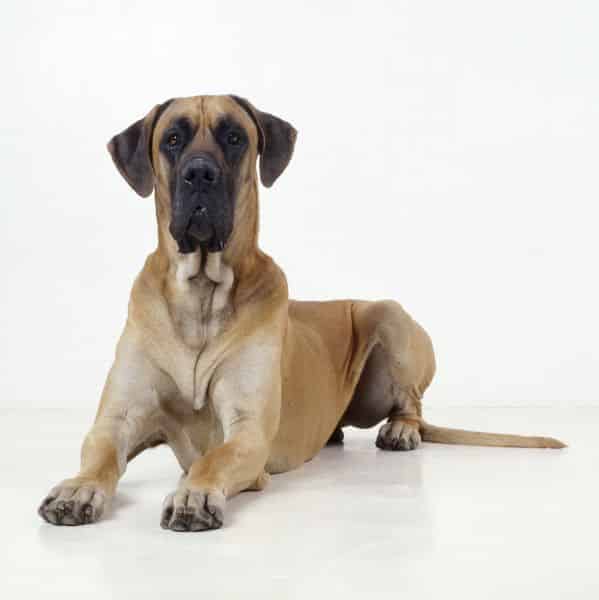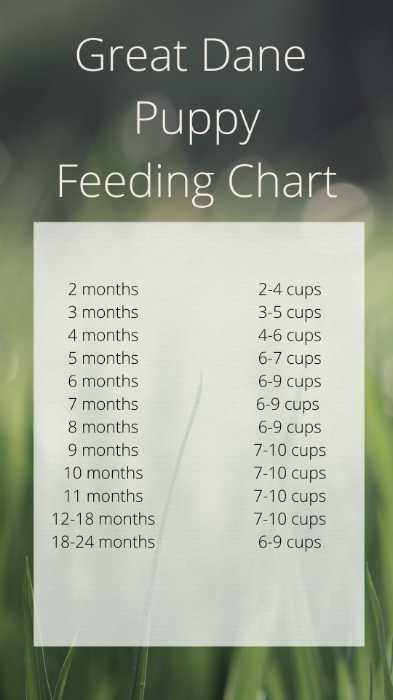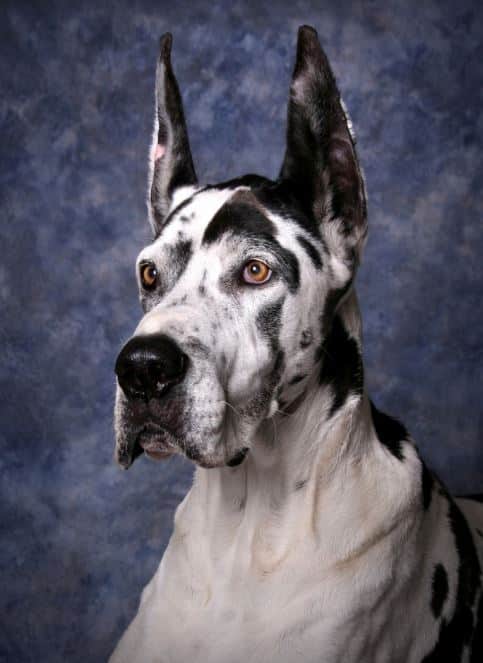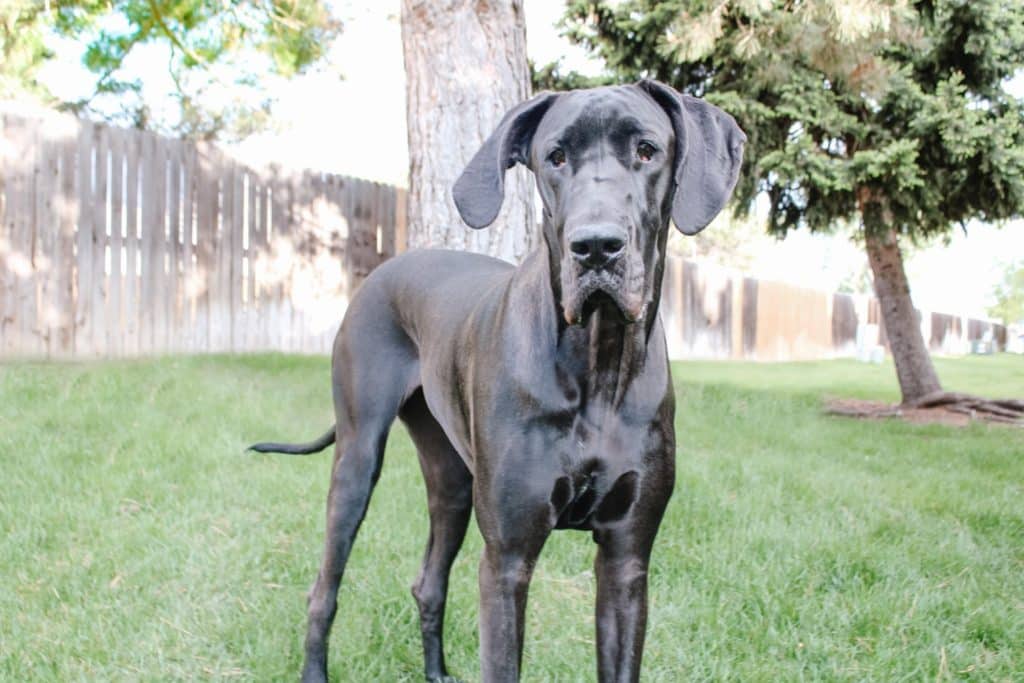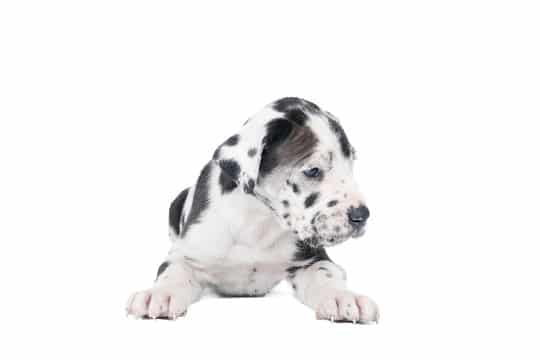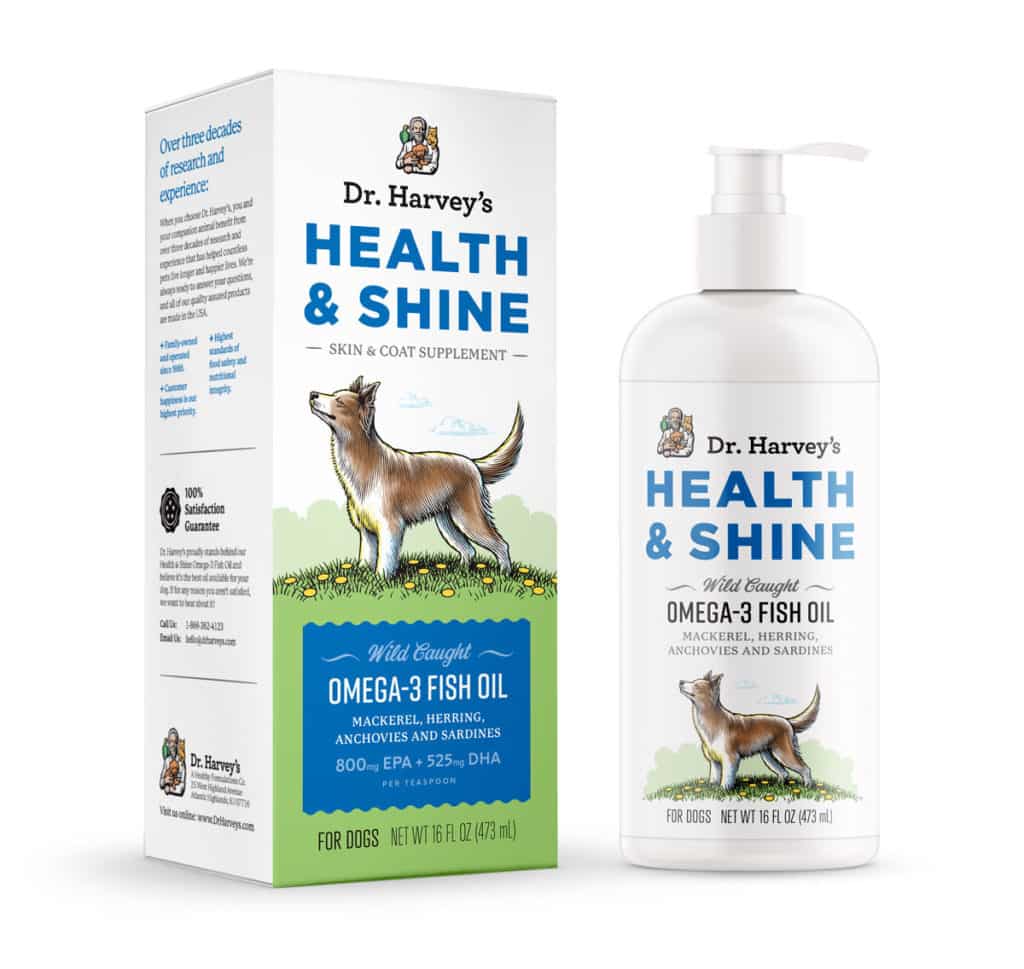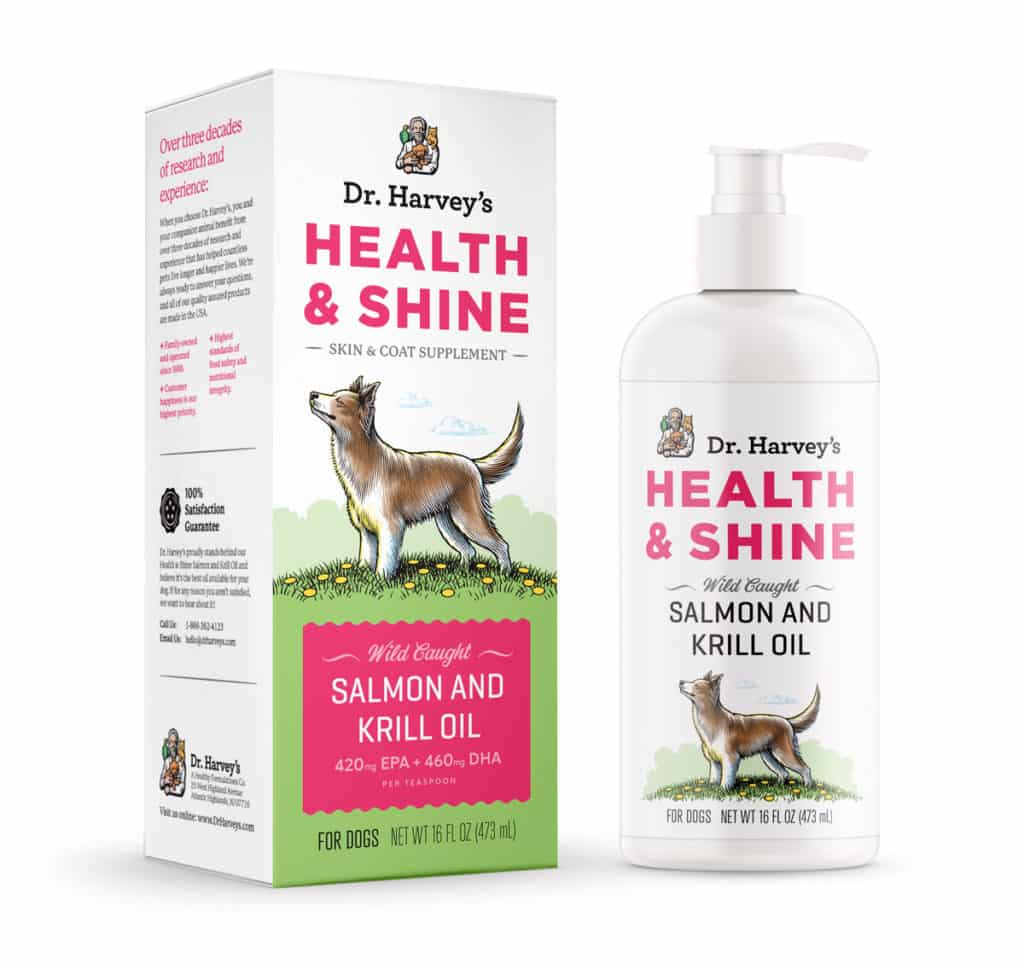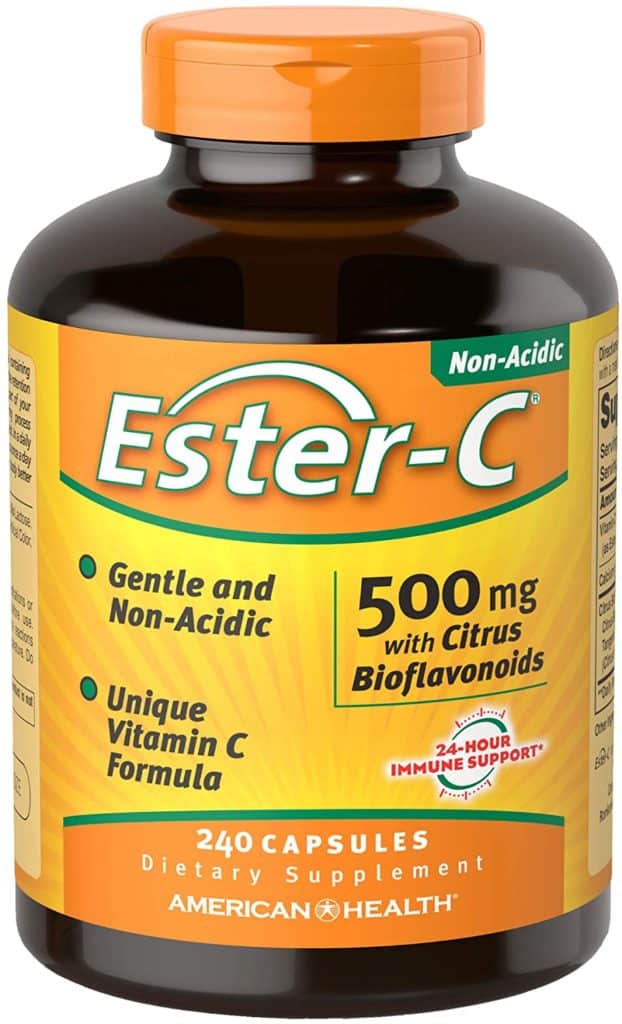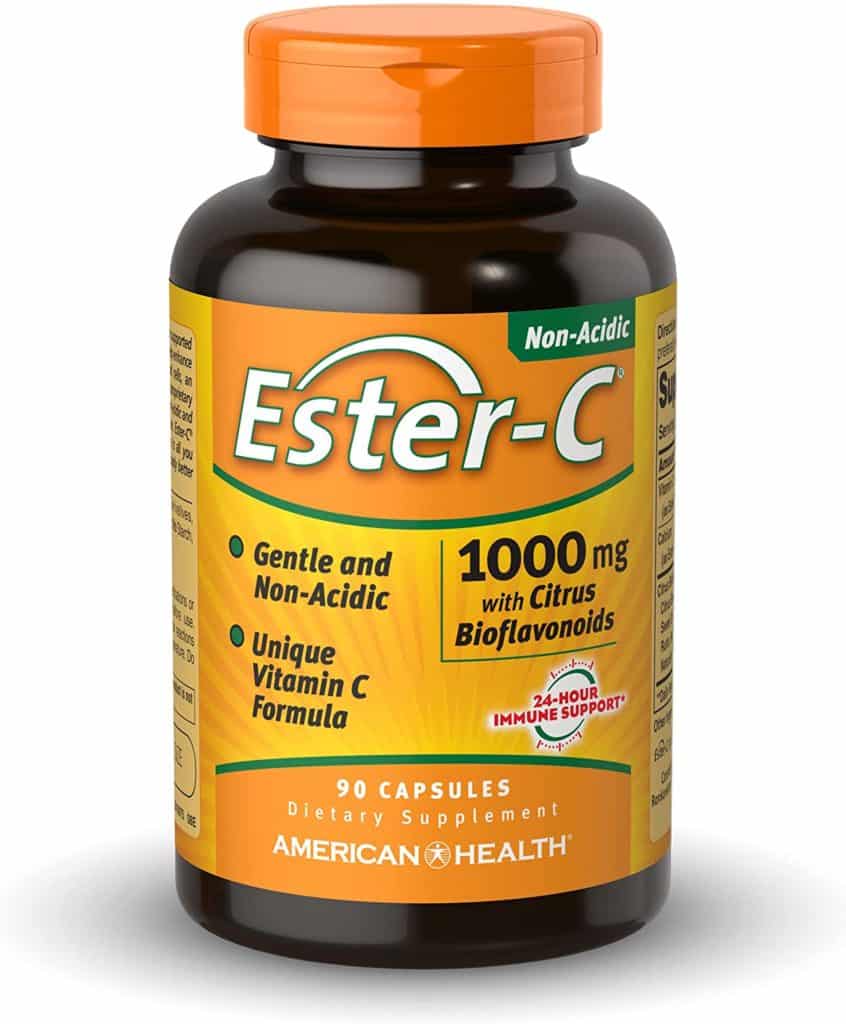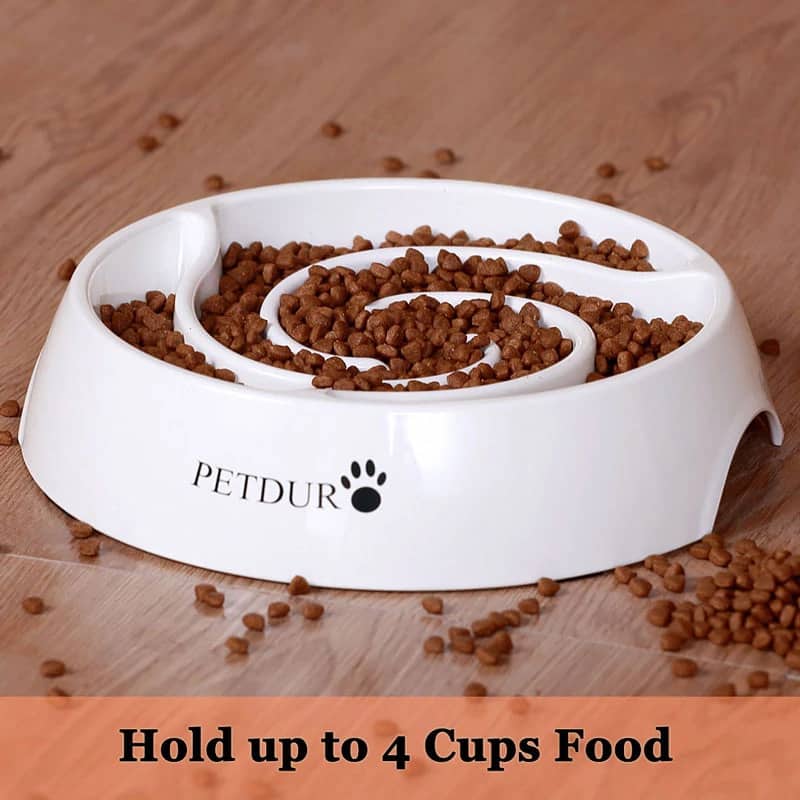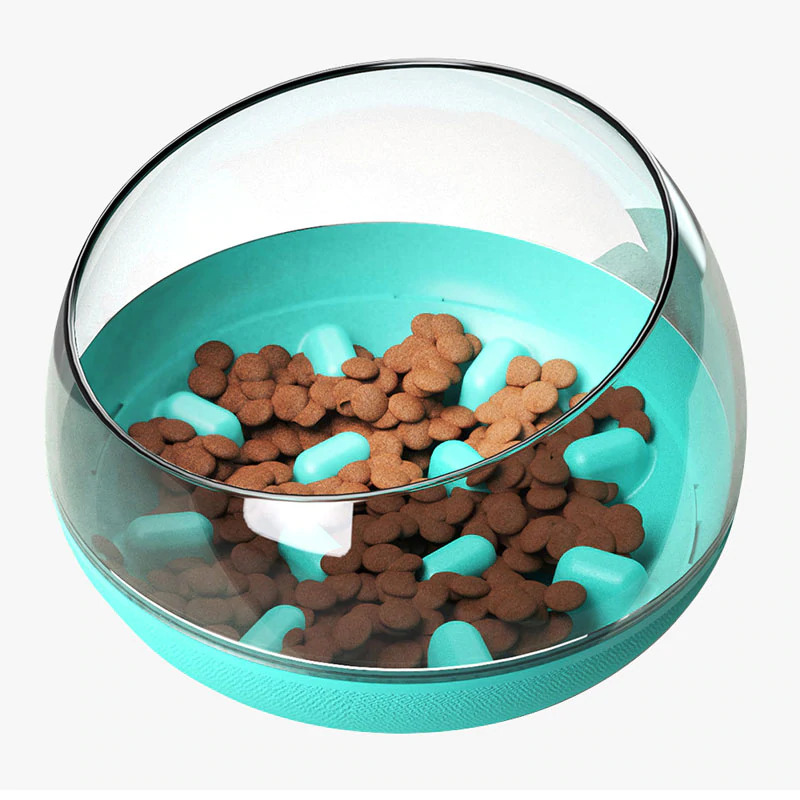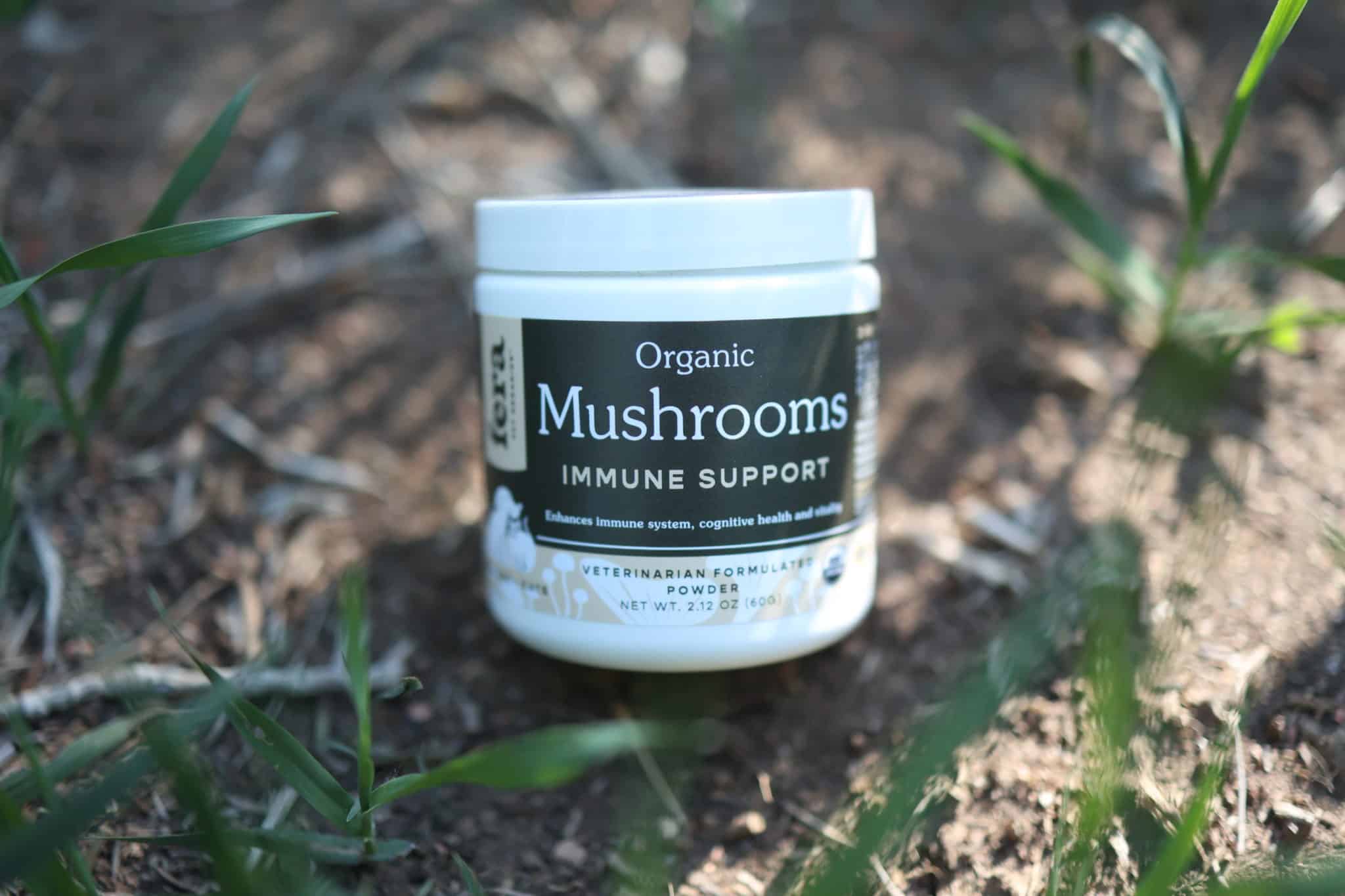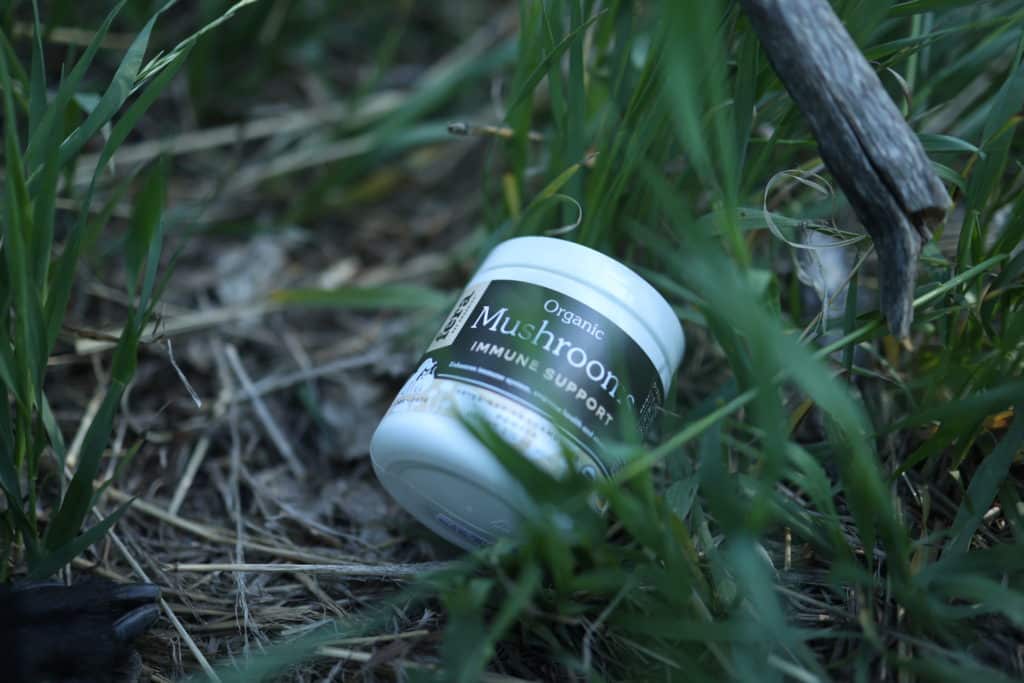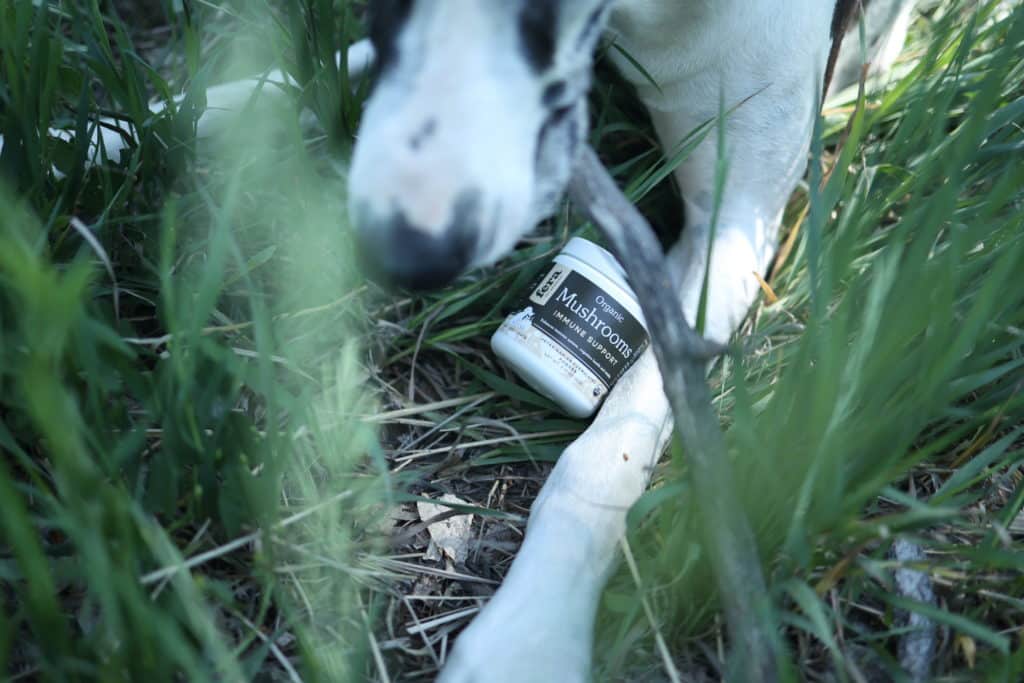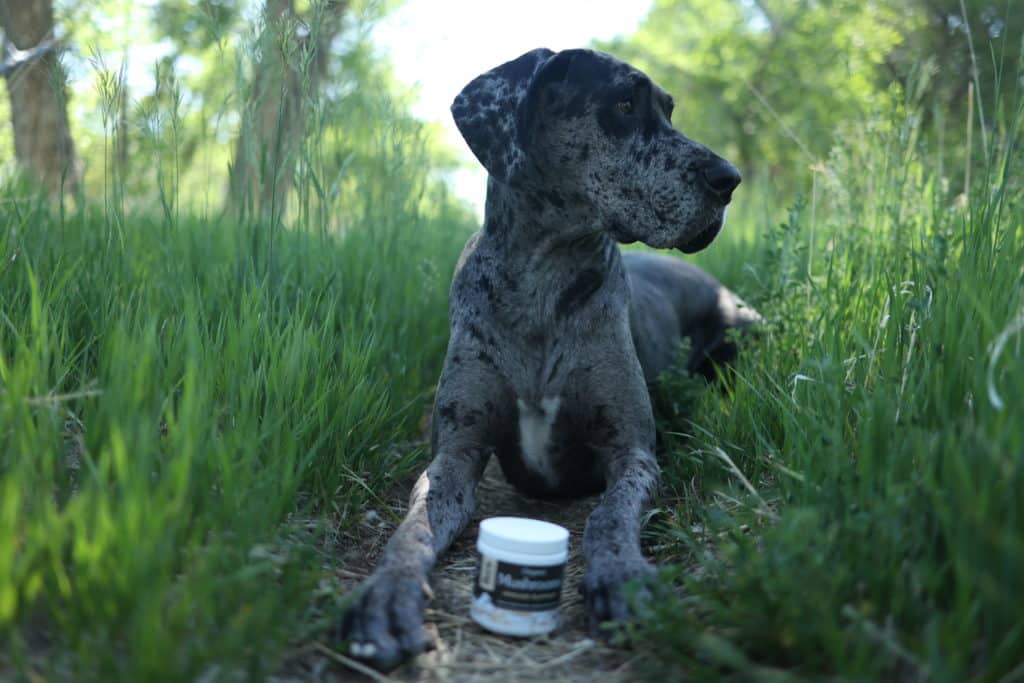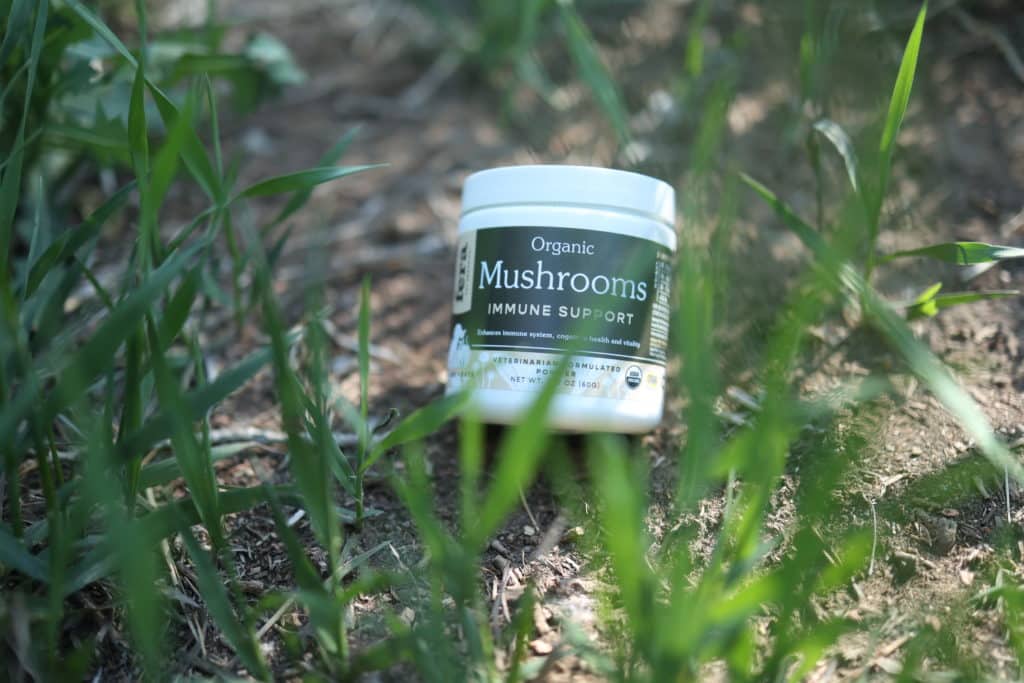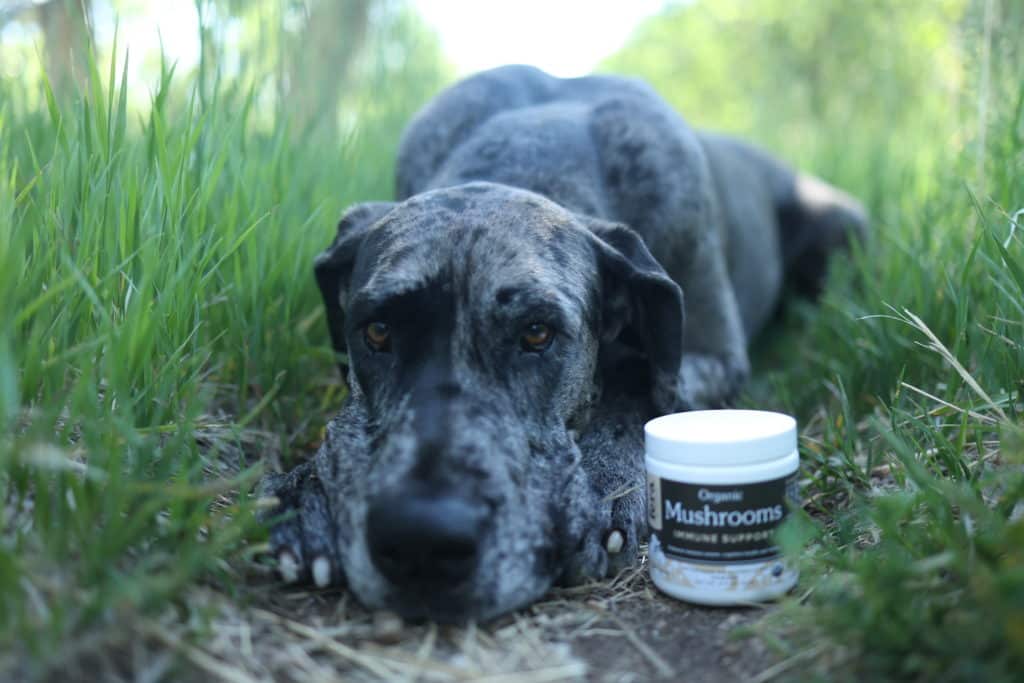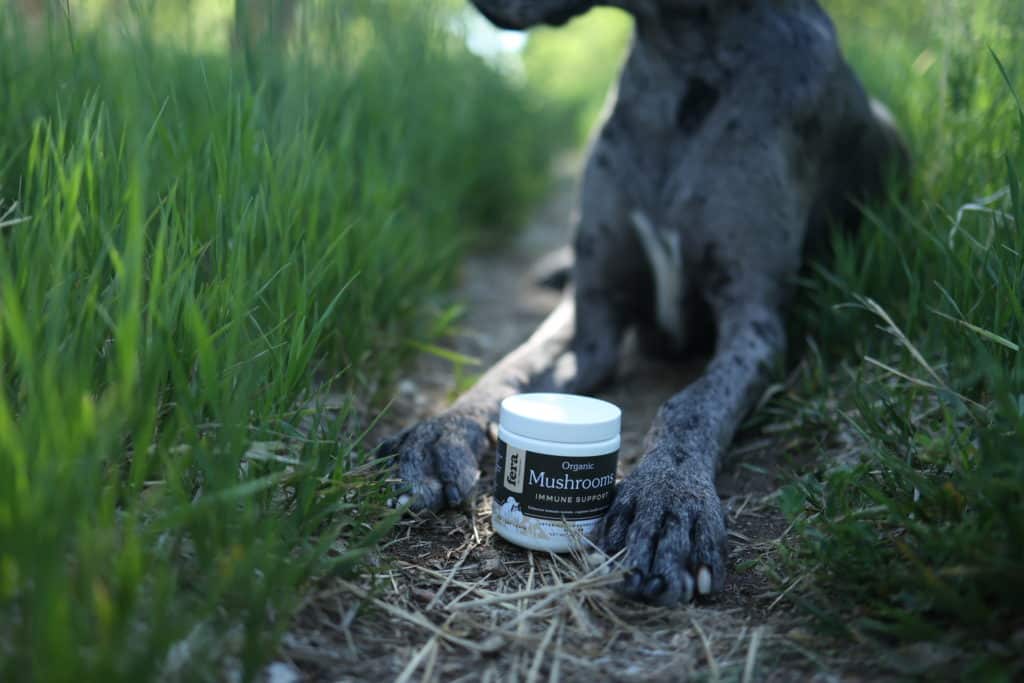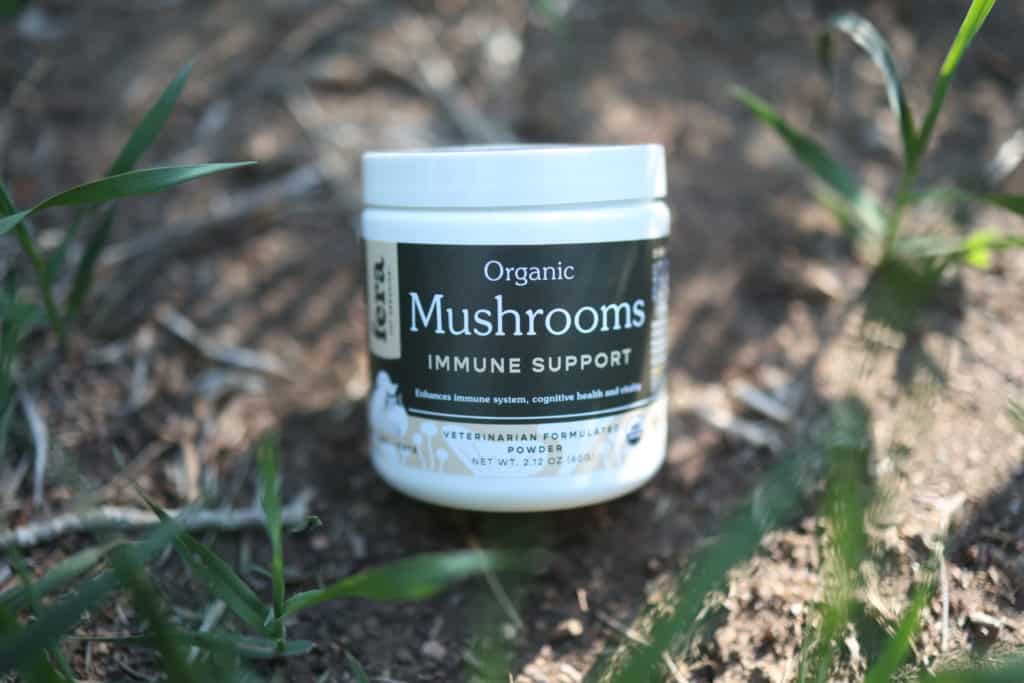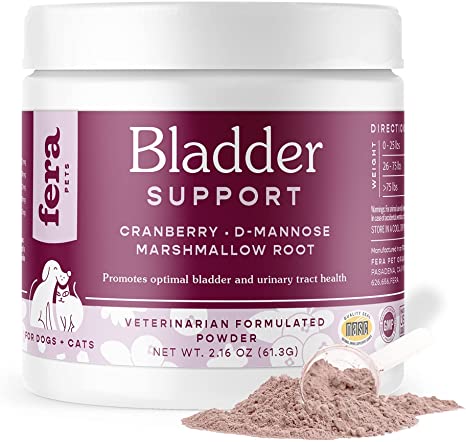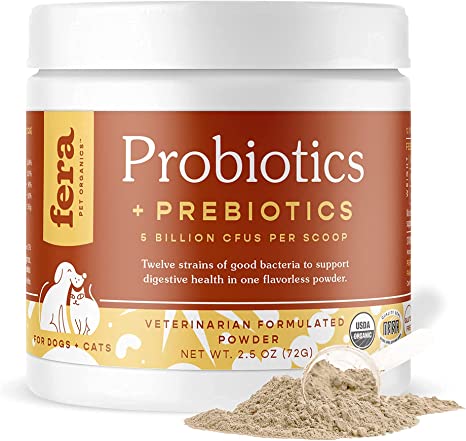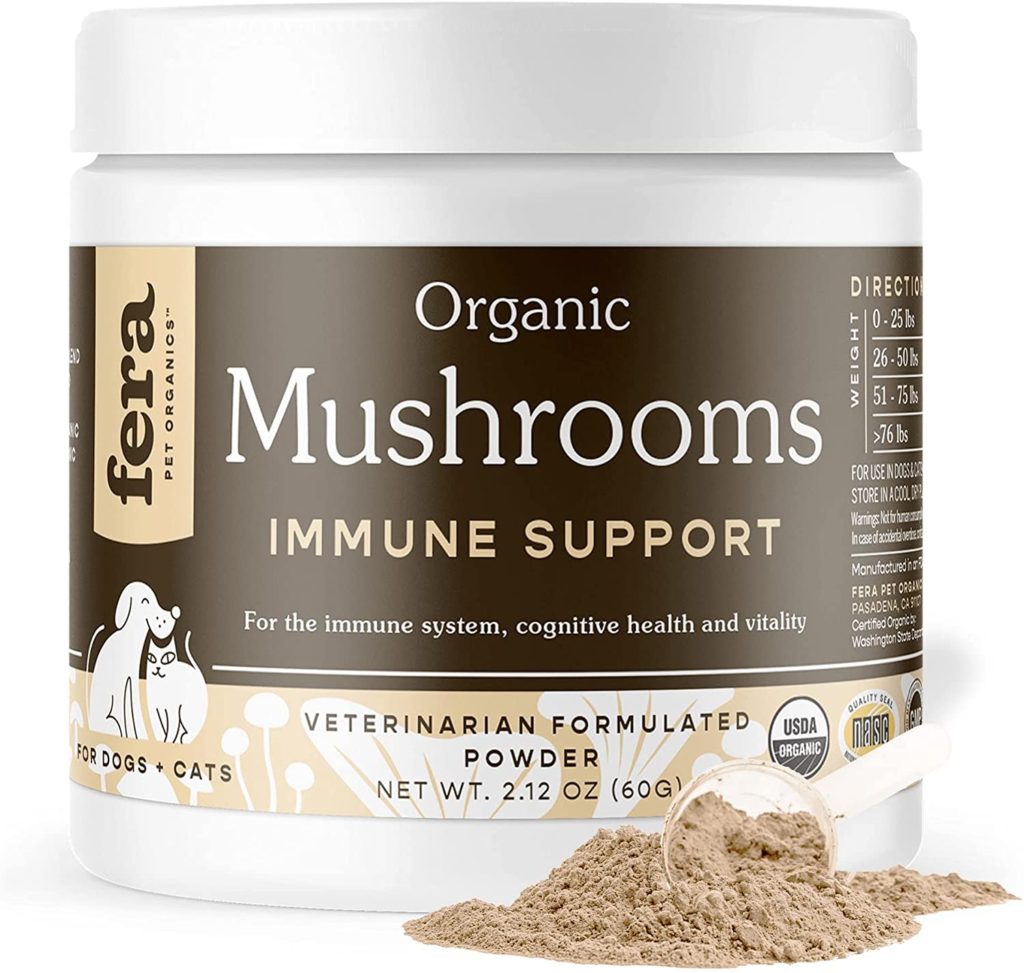Obesity in dogs is a prevalent issue, with approximately 56% of dogs in the United States being classified as overweight or obese. There is a 1 in 2 chance that your pet is in trouble, and it’s time to help your dog lose weight.
Many pet owners are in disbelief when the veterinarian mentions that their pet may have a weight problem. Years ago, before my days as a pet journalist, I remember being angry at my veterinarian who thought my dog Chloe was too heavy! After all, Chloe was “all muscle”, right?
How wrong I was. My ignorance led to that sweet pup suffering her entire life. The truth is, she was overweight and that wasn’t fair. I’ve learned some hard lessons along the way! My current dogs are thin and muscular, and my veterinarian is thrilled.
Here is some information on obesity in dogs, and some effective strategies to help your dog lose weight.
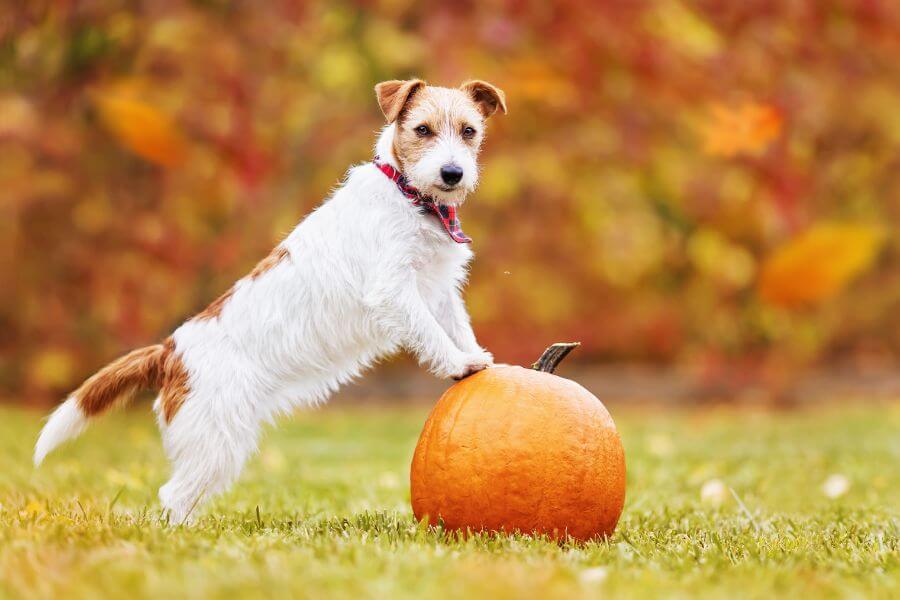
The Danger of Pet Obesity
Excess weight in pets can lead to a myriad of health problems including joint pain, diabetes, and heart disease. While some pet owners worry that their furry companions are too thin or don’t eat enough, a larger number should shift their focus to concerns about their pets being overweight and consuming excessive amounts of food.
Here is a fun fact for you! Lean dogs live 2 years longer on average than overweight dogs!
A 14-year life span study in Labrador Retrievers showed that when fed to maintain a lean body condition from puppyhood, and throughout life, dogs live better, longer lives.
Purina Dog Chow Lifetime Feeding Study
Here are just some of the health conditions overweight dogs are prone to:
- Joint Strain: Excess weight strains a pet’s joints, leading to discomfort and increasing the risk of conditions like arthritis and mobility issues.
- Increased Risk of Medical Conditions: Obesity is closely linked to serious health problems such as diabetes, heart disease, respiratory issues, and hypertension, significantly reducing a pet’s quality of life and potentially shortening its lifespan.
- Exacerbation of Existing Conditions: Carrying extra weight can exacerbate existing medical conditions such as osteoarthritis, respiratory disorders, and skin conditions, making them more challenging to manage and control.
- Decreased Energy Levels: Obese pets may experience decreased energy levels and stamina, hindering their ability to engage in physical activity and enjoy a fulfilling life.
- Reduced Immune Function: Excess weight can weaken a pet’s immune system, making them more susceptible to infections, allergies, and other illnesses.
- Impaired Digestive Function: Obesity can lead to digestive issues such as constipation, diarrhea, and gastrointestinal discomfort, impacting a pet’s overall digestive health and nutrient absorption.
Dog’s lives are already short as it is. They don’t have time to mess around with obesity-related health problems. Let’s dig in with how to solve this problem, once and for all!
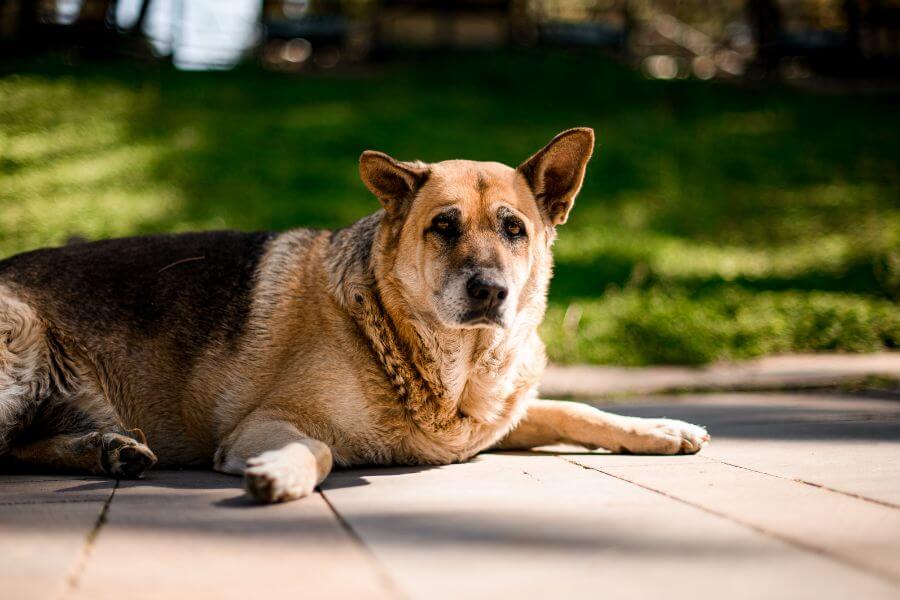
How to Tell if a Dog is Fat
The Purina Body Condition Score is the gold standard for assessing your dog’s weight. The video below is a helpful resource.
You can download the scoring system HERE.
Even if you have a “beefy” or “muscular” breed, they should not be round or covered in a layer of fat.
- Visual Inspection: Stand above your dog and look down at them. You should be able to see a distinct waistline behind the ribs. If the waist is not visible or if your dog’s abdomen appears rounded or sagging, they may be overweight.
- Rib Feel: Gently run your hands along your dog’s ribcage. You should be able to feel the ribs without pressing too hard. If you can’t feel the ribs easily, or if there is a thick layer of fat covering them, your dog may be overweight.
- Profile View: View your dog from the side while they are standing. Their abdomen should tuck up behind the ribcage, not hang down. If there is a noticeable bulge or if their belly droops, it could indicate excess weight.
- Activity Level: Monitor your dog’s energy levels and ability to engage in physical activity. If they tire quickly during walks or playtime, or if they seem less interested in exercise, it could be a sign of excess weight.
- Weight Check: Use a scale to regularly weigh your dog and track their weight over time. Your veterinarian can guide you on what constitutes a healthy weight for your dog’s breed and size.
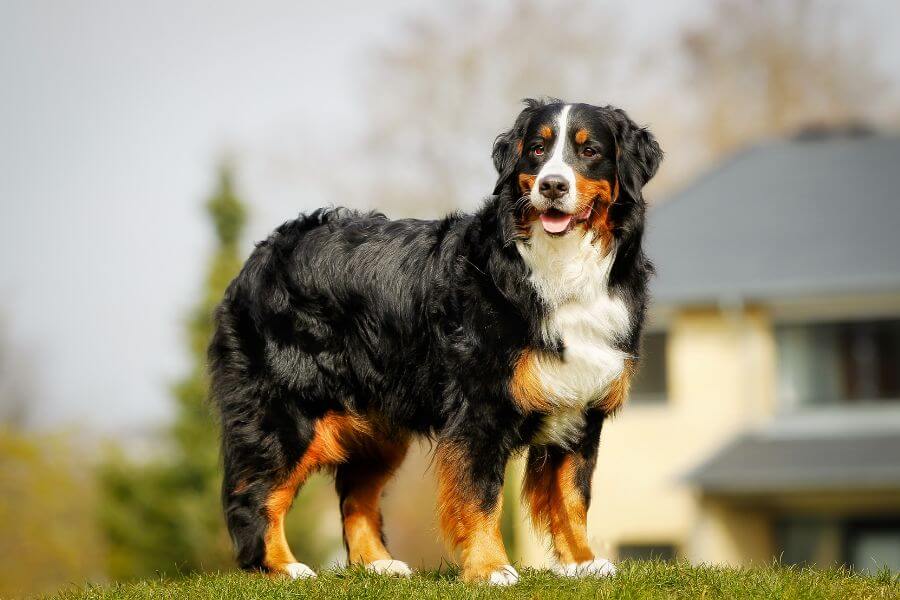
Help Your Dog Lose Weight
If you are ready to help your dog lose weight, start now!
While you may feel upset that your pet is in this condition, don’t be hard on yourself. Some dogs gain weight incredibly easily, especially if they have been spayed or neutered!
Consult with Your Veterinarian
Before embarking on any weight loss plan for your dog, it’s essential to consult with your veterinarian. They can assess your dog’s current health status, determine a healthy weight goal, and recommend an appropriate diet and exercise plan tailored to your dog’s specific needs.
Your veterinarian can rule out medical causes for your pet’s obesity such as thyroid disease, too.
Implement a Balanced Diet
Just like humans, dogs require a balanced diet to maintain a healthy weight. Avoid free-feeding and measure out your dog’s portions according to the feeding guidelines provided by your veterinarian or pet food manufacturer.
Don’t fall into the marketing and influencer trap of feeding “low carbohydrates” for pet health. This pervasive myth stems from toxic diet culture, and has very little to do with pet obesity!
This article from Tufts University Petfoodology explains the role of carbohydrates in pet diets.
If your pet is struggling to lose weight, your vet may recommend a prescription weight loss diet such as Royal Canin Weight Control.
I recommend sticking to brands that meet WSAVA guidelines, such as Purina, Royal Canin, and Hill’s Science Diet.
Monitor Treats and Table Scraps
Treats and table scraps can quickly add up in calories and contribute to weight gain in dogs. Limit the number of treats you give your dog each day and opt for low-calorie options such as carrots or green beans.
Avoid feeding your dog table scraps, as these can be high in fat and unhealthy for your dog’s waistline.
It’s equally important that you don’t replace too much of the balanced diet with unbalanced toppers and veggies! Poor overall nutrition can stall weight loss.
Increase Physical Activity
Regular exercise is crucial for helping your dog burn calories and maintain a healthy weight. Aim for at least 30 minutes to an hour of physical activity each day, such as brisk walks and free exploration of fields and outdoor terrain. Be sure to gradually increase the intensity and duration of your dog’s exercise routine to avoid overexertion and injury.
If your pet is suffering from orthopedic conditions, consider asking your veterinarian for a referral to a canine PT for therapy as well!
Provide Mental Stimulation
In addition to physical activity, mental stimulation is important for keeping your dog engaged and preventing boredom-related eating. Invest in puzzle toys, interactive feeders, or training sessions to challenge your dog’s mind and keep them mentally stimulated.
I love this Kong Wobbler toy, as you can put kibble in it to encourage your dog to move and chase while they eat!
Monitor Progress and Adjust as Needed
Track your dog’s weight loss progress regularly and make adjustments to their diet and exercise routine as needed. If your dog is not losing weight at the desired pace, consult with your veterinarian to determine the underlying cause and make necessary changes to their weight loss plan.
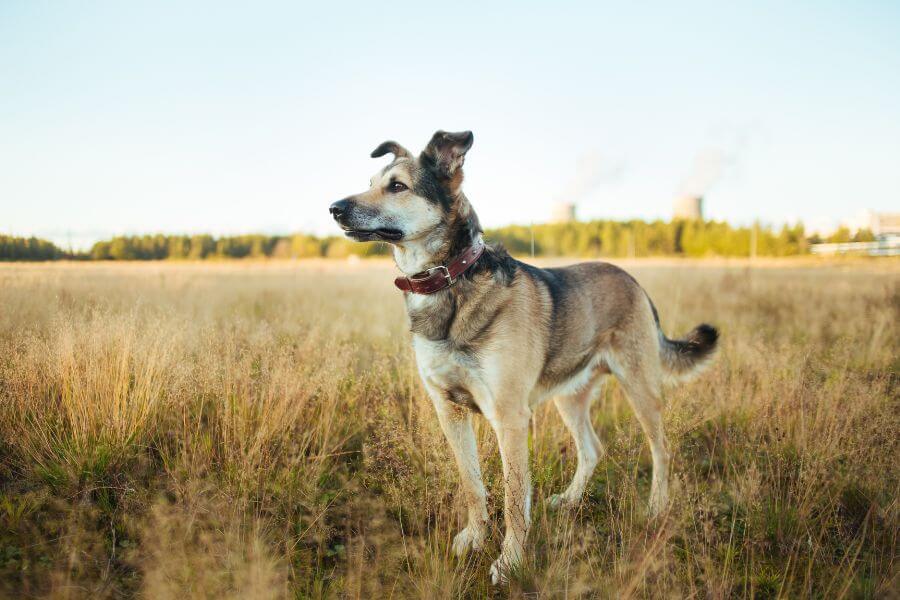
Helping your dog lose weight requires dedication, patience, and consistency. By following these effective strategies and working closely with your veterinarian you can help your furry friend achieve and maintain a healthy weight, leading to a happier and healthier life.
Remember to approach weight loss for your dog with care and compassion, and always prioritize their well-being above all else.
